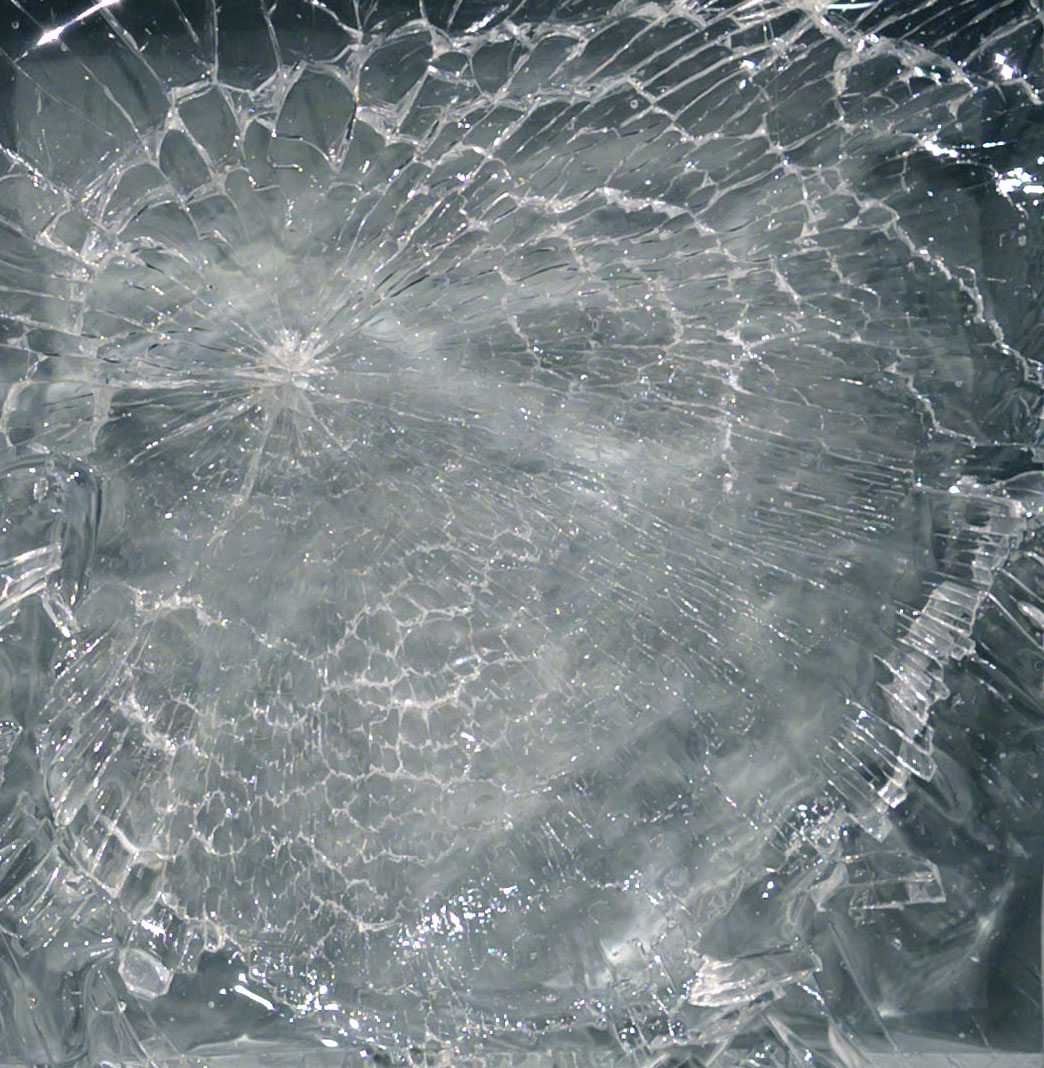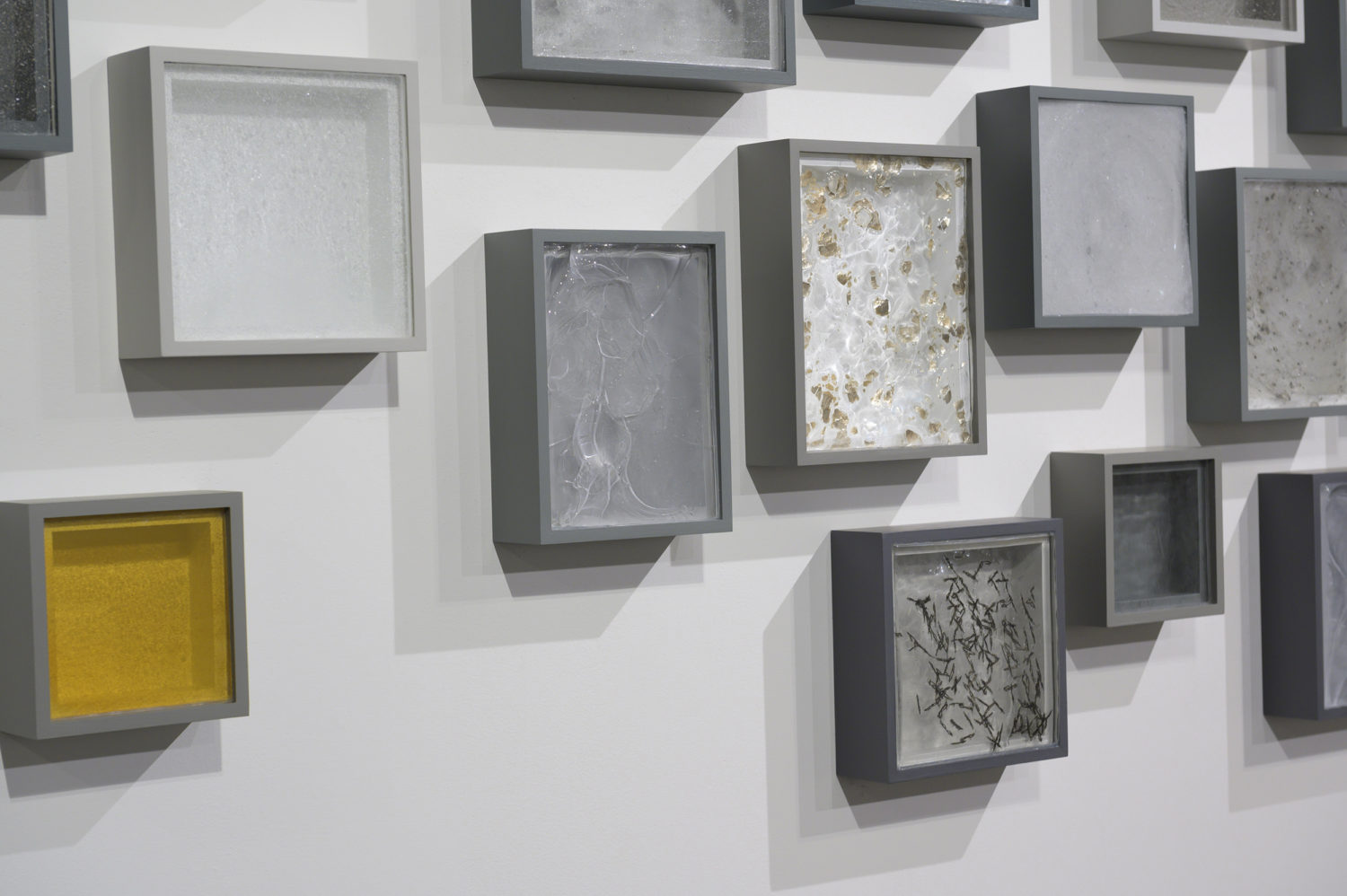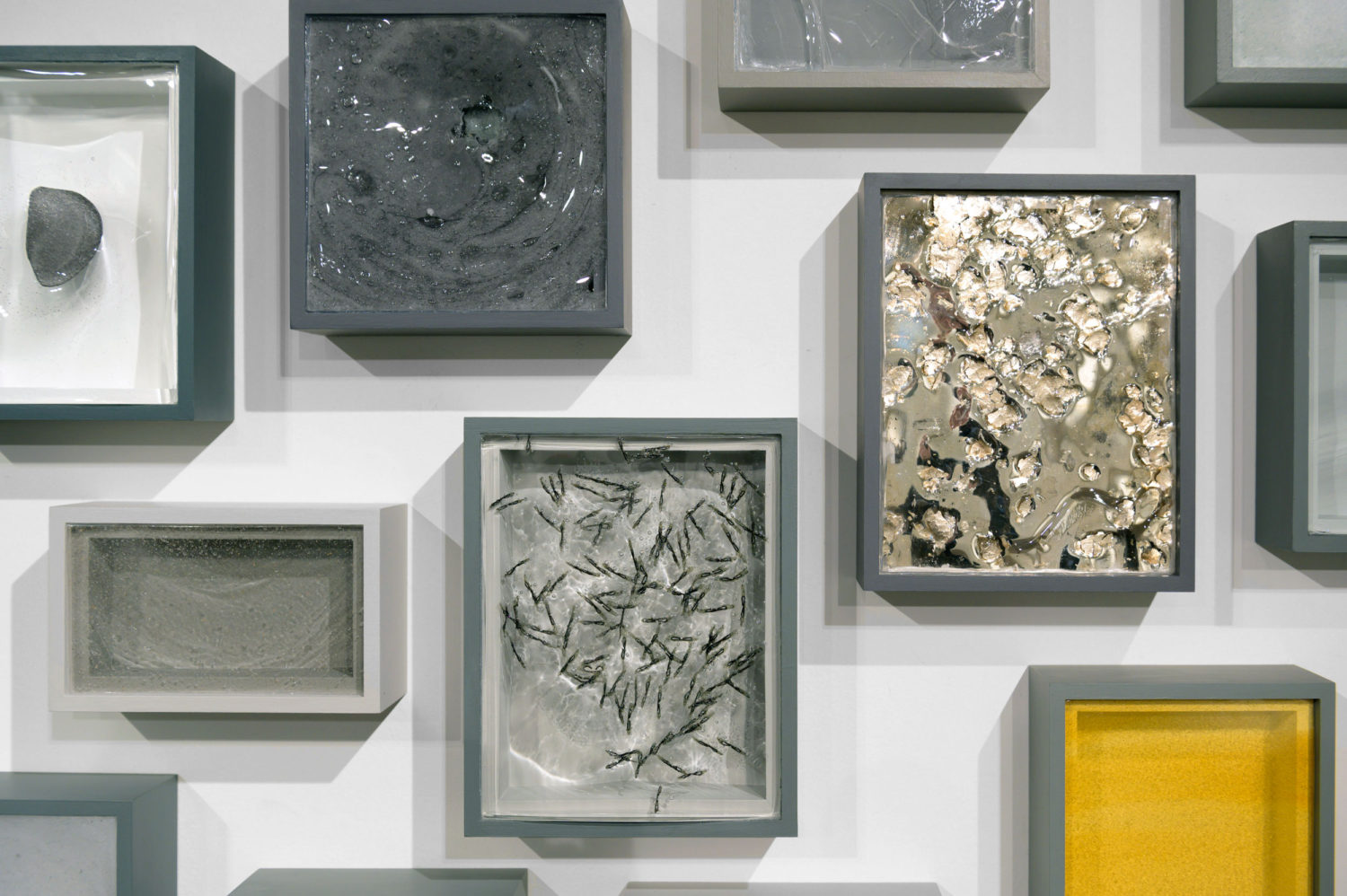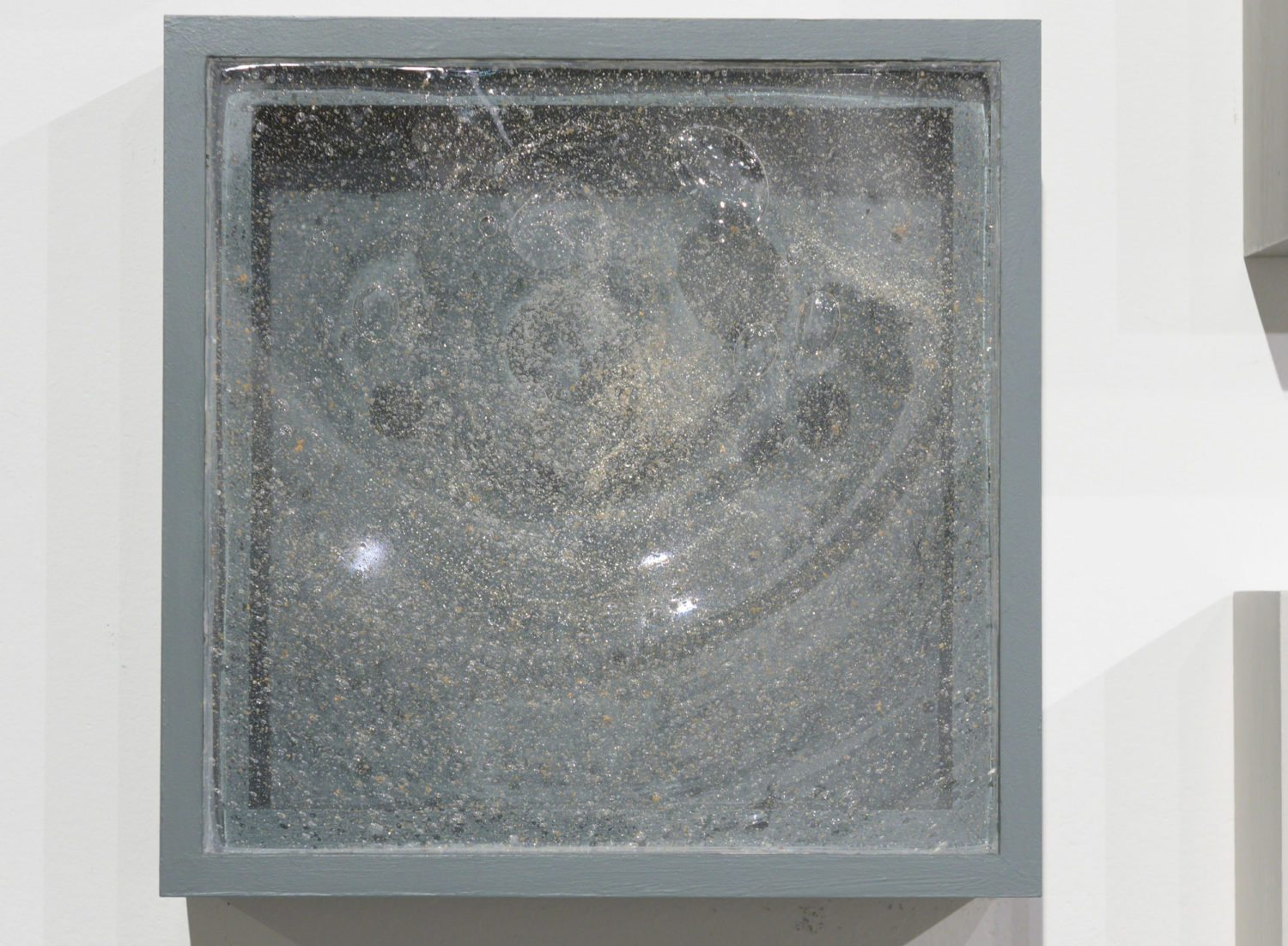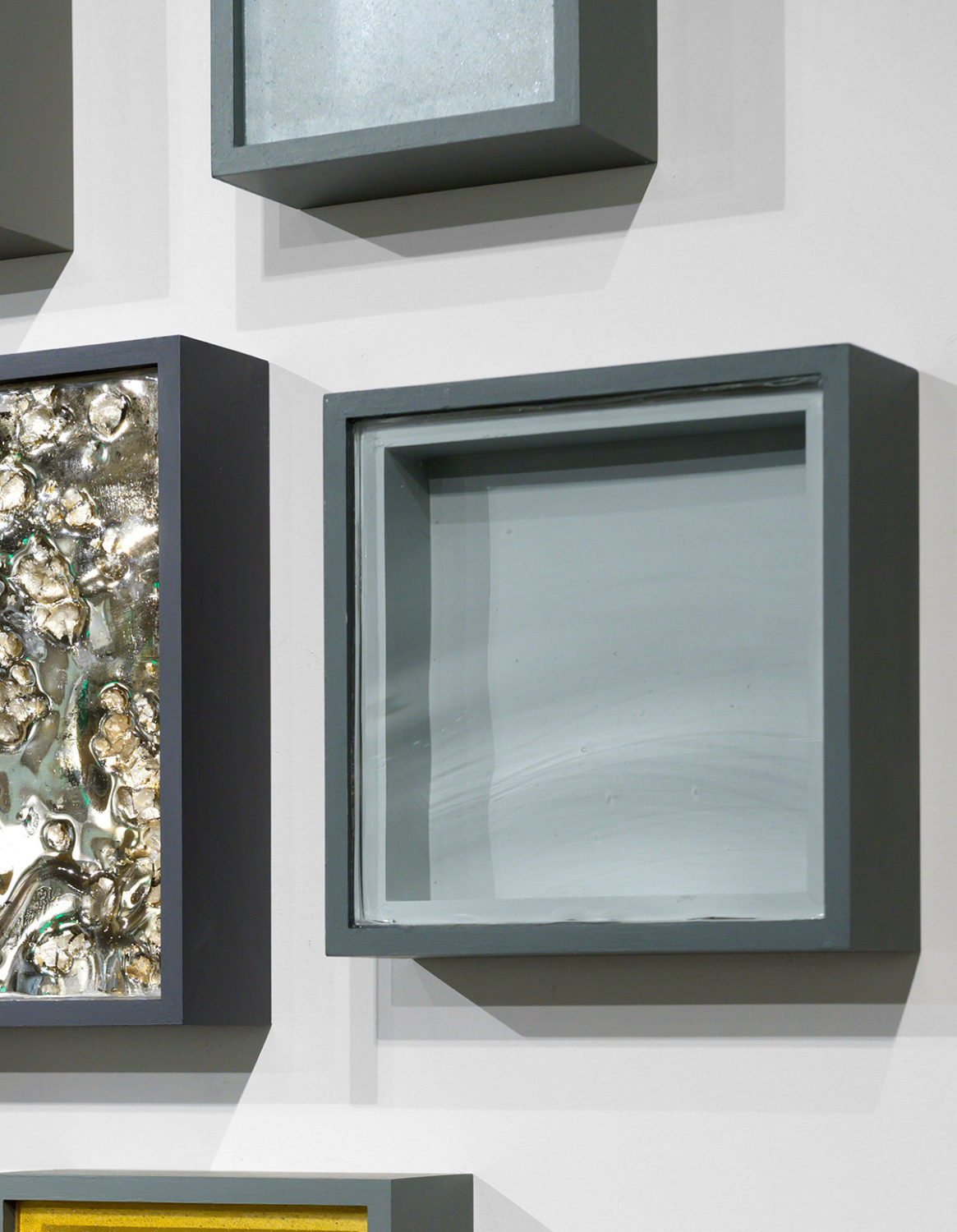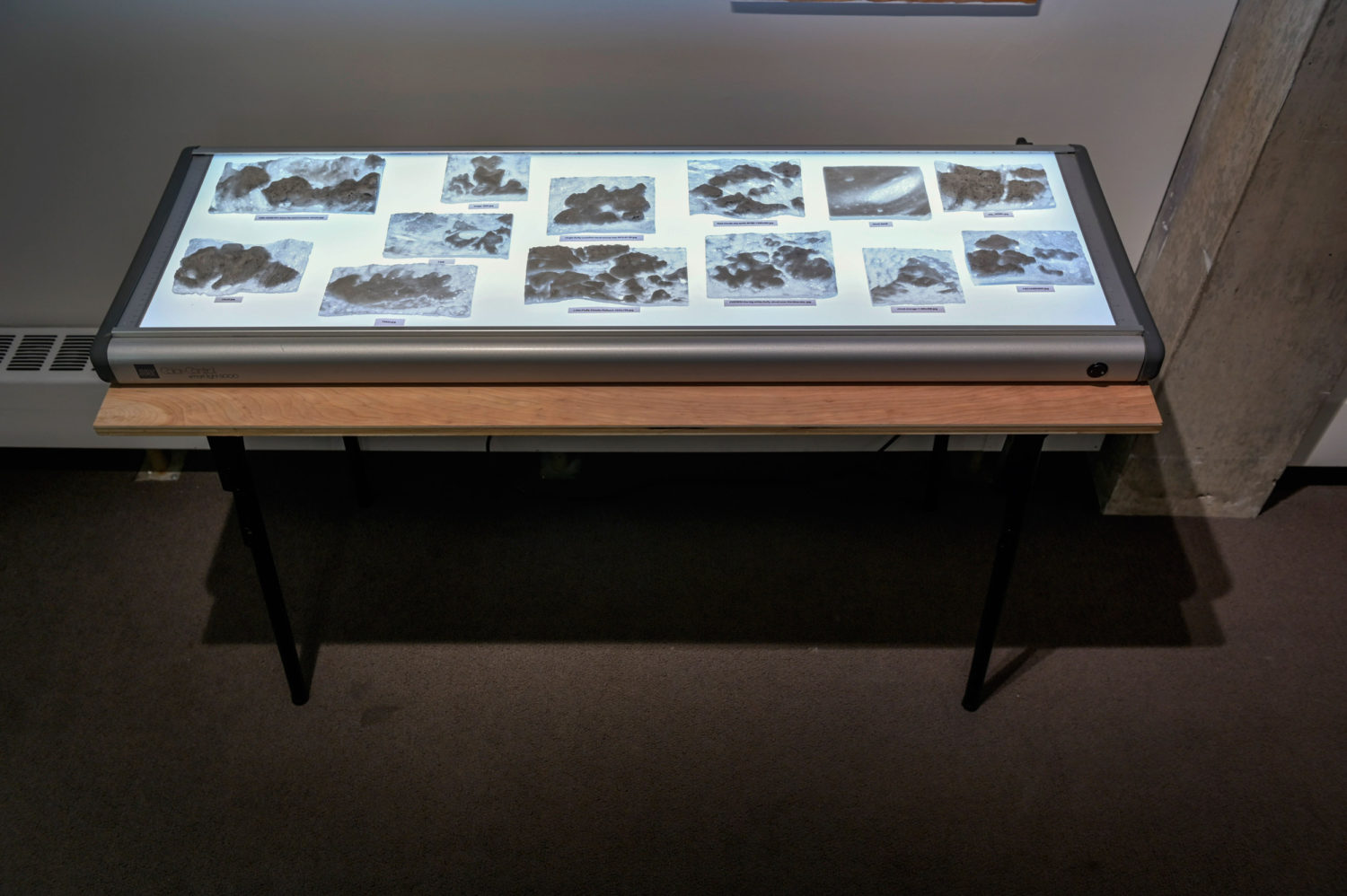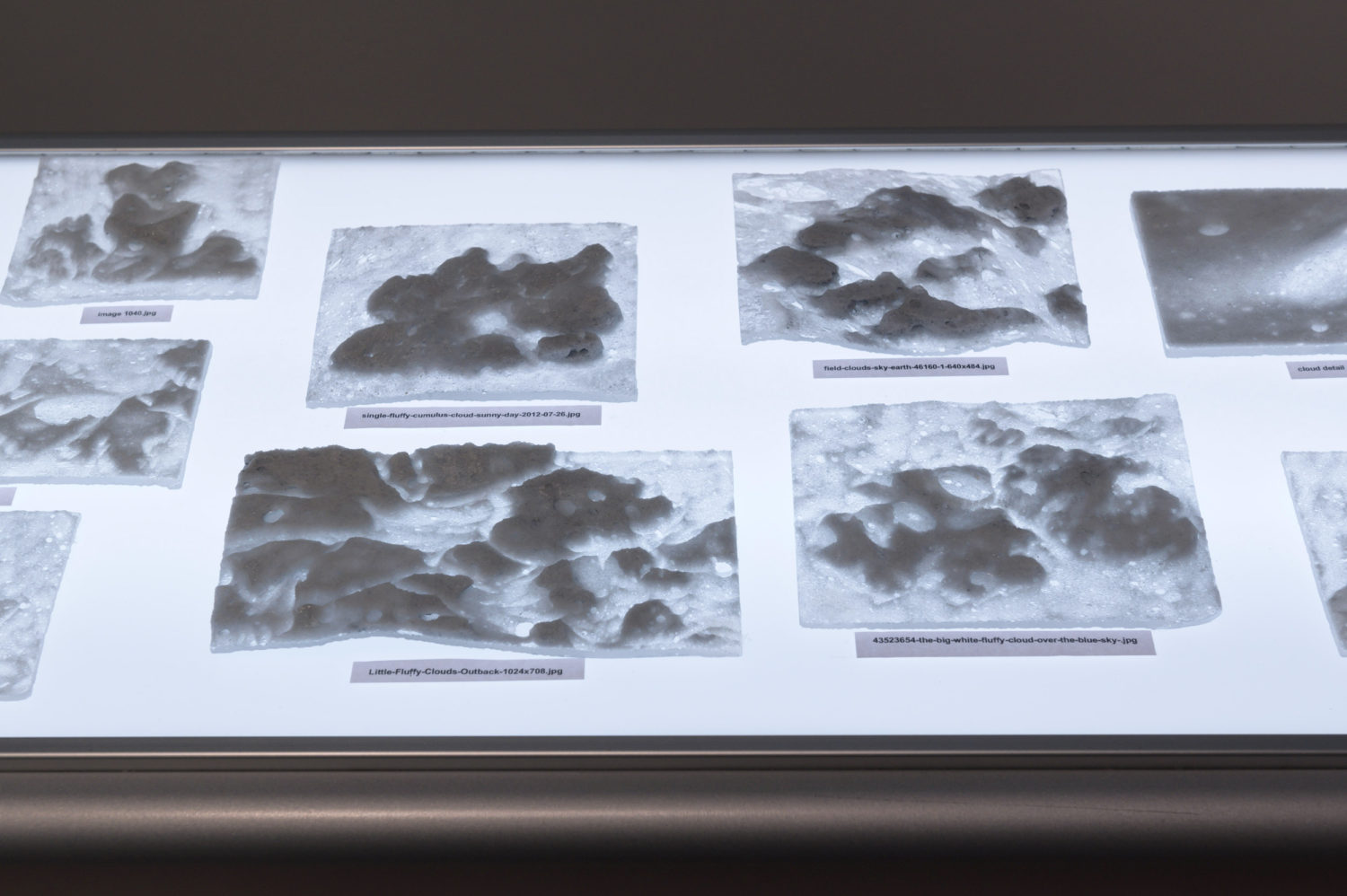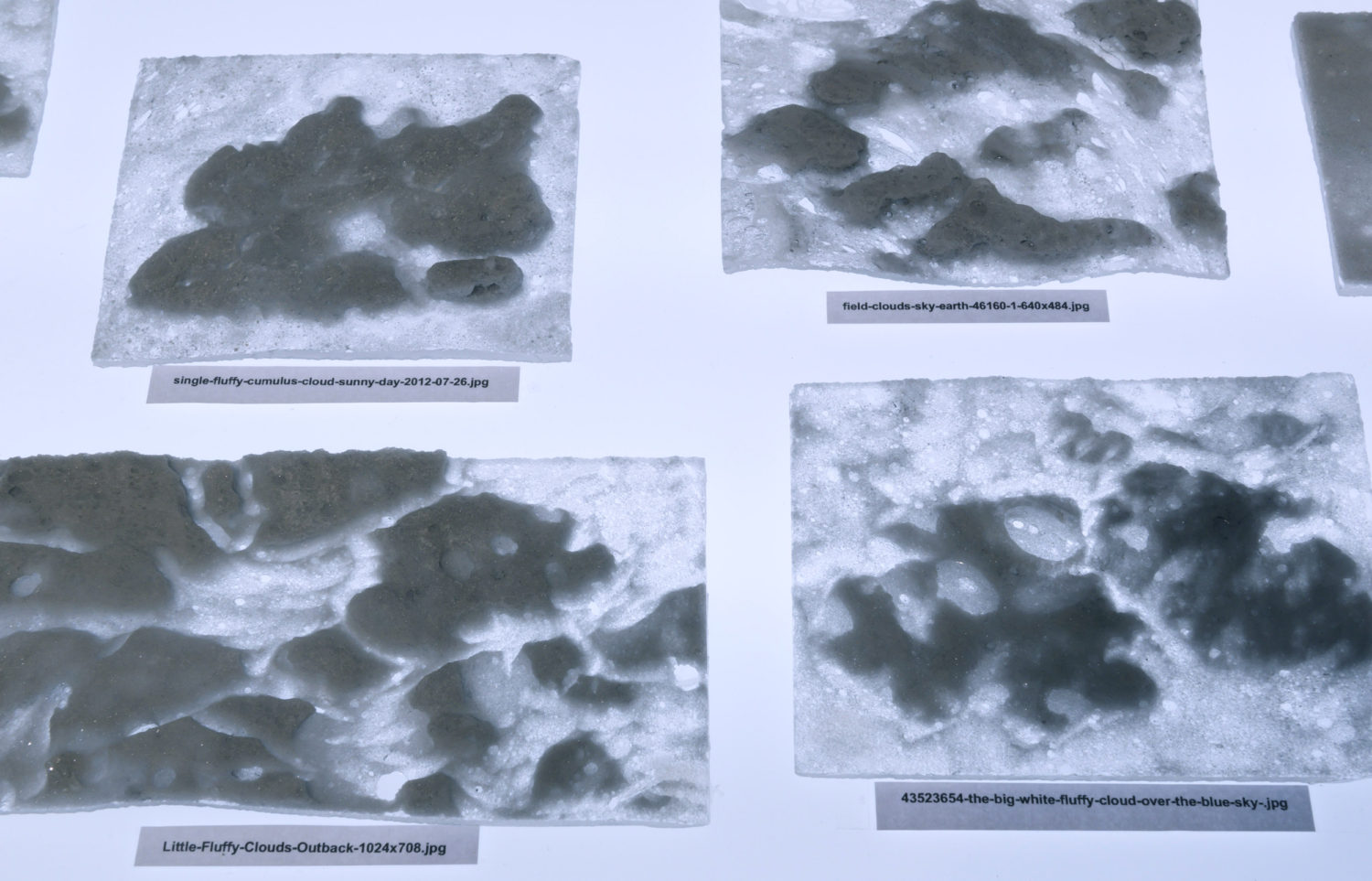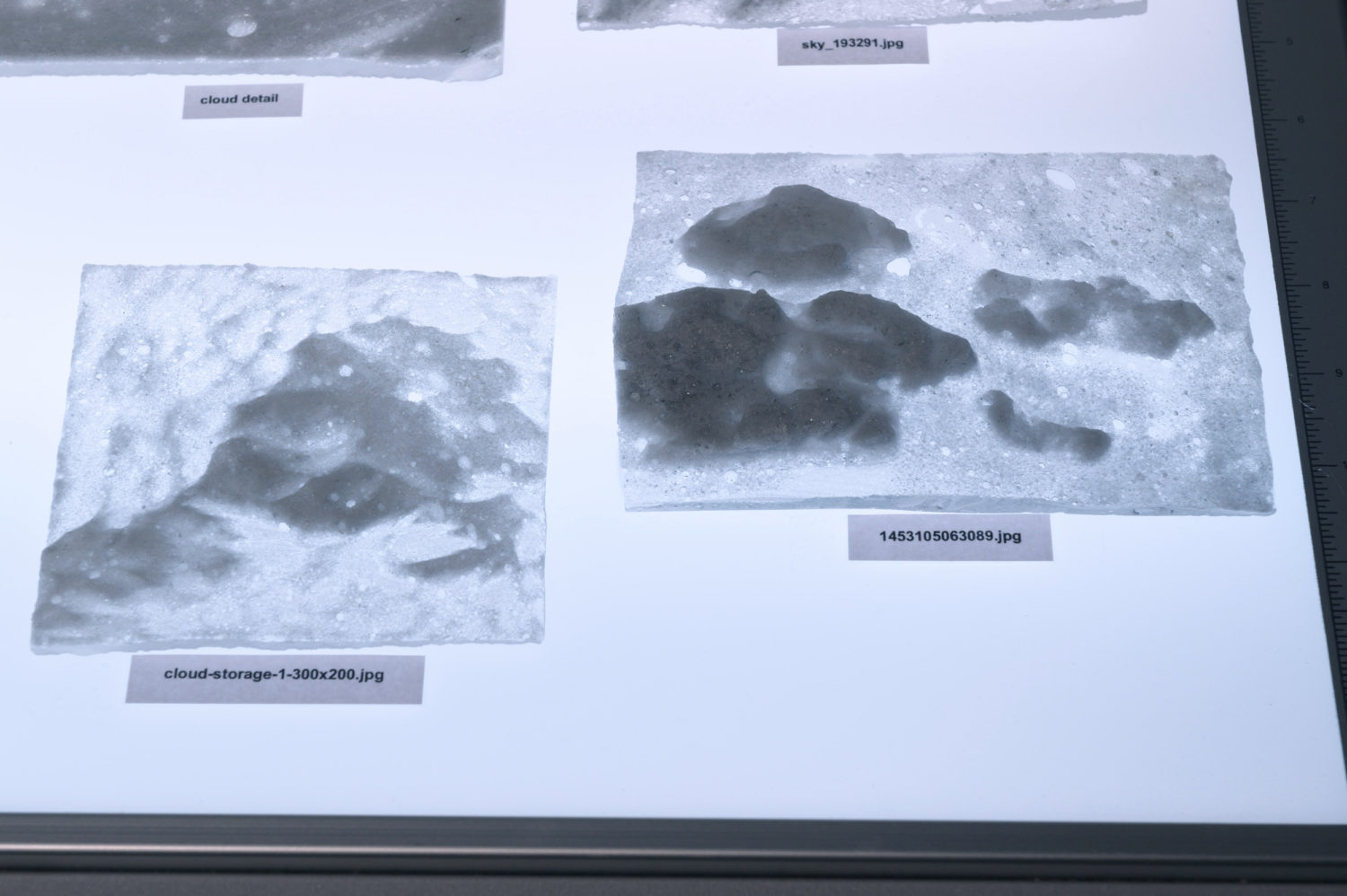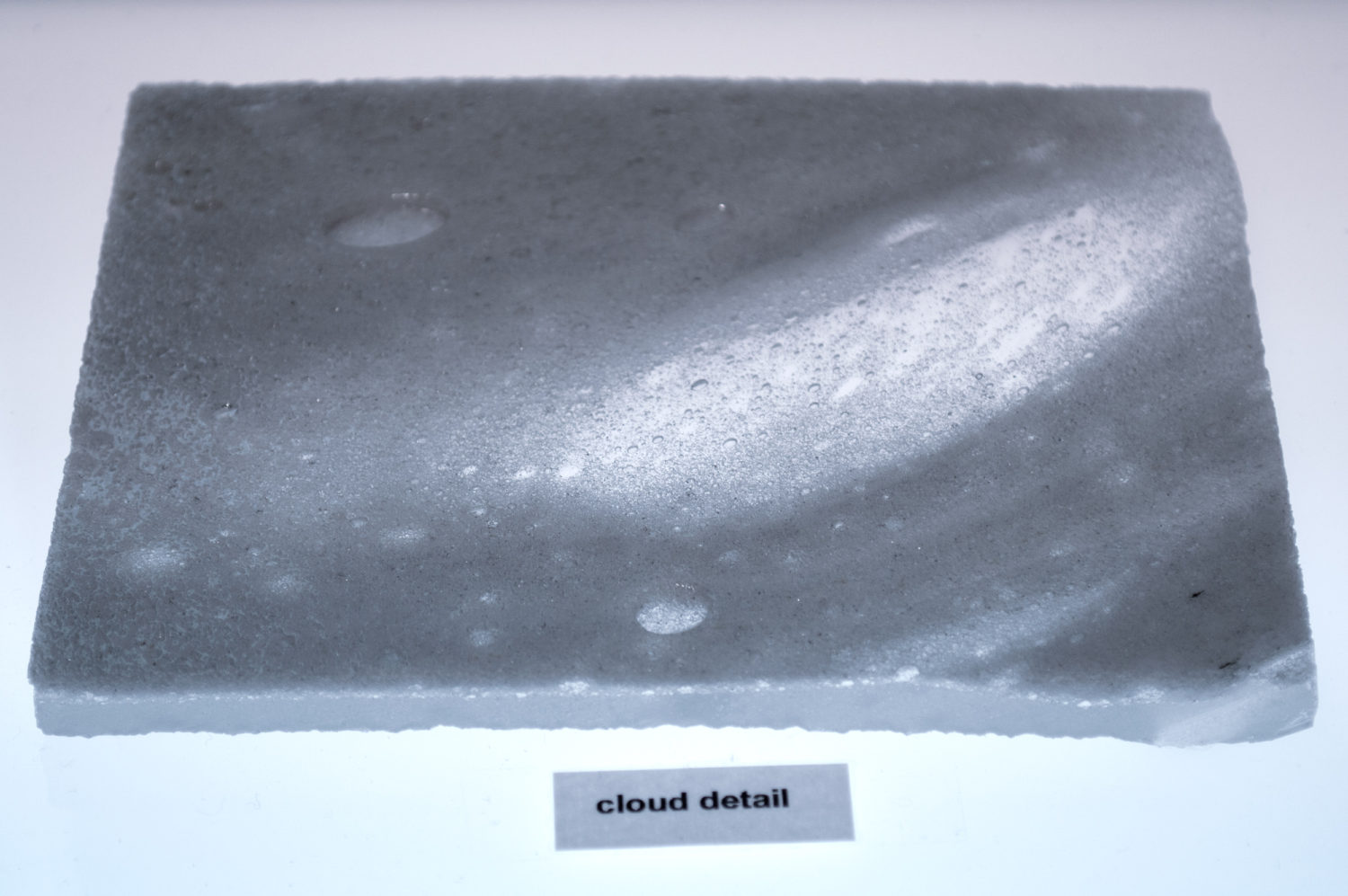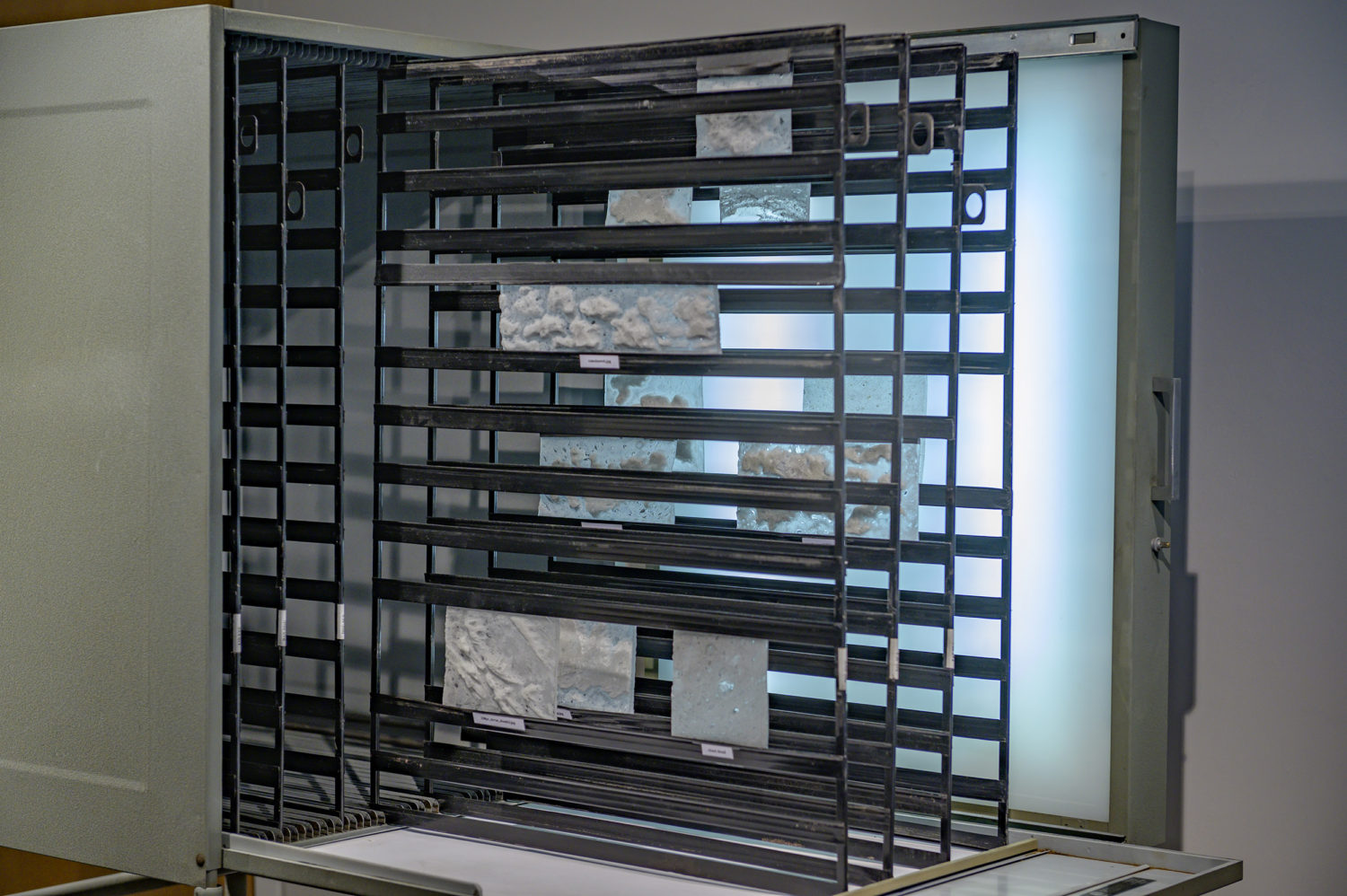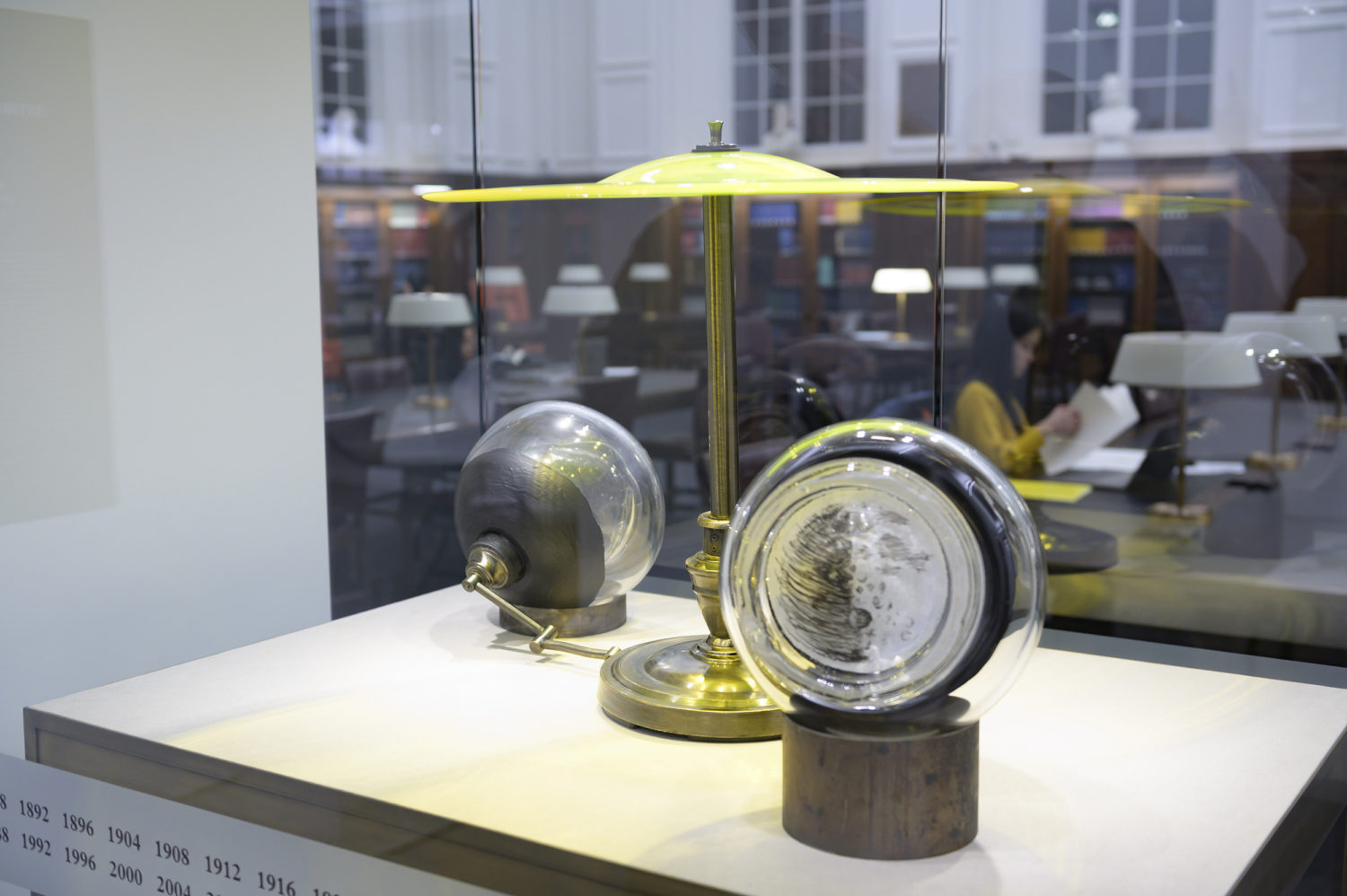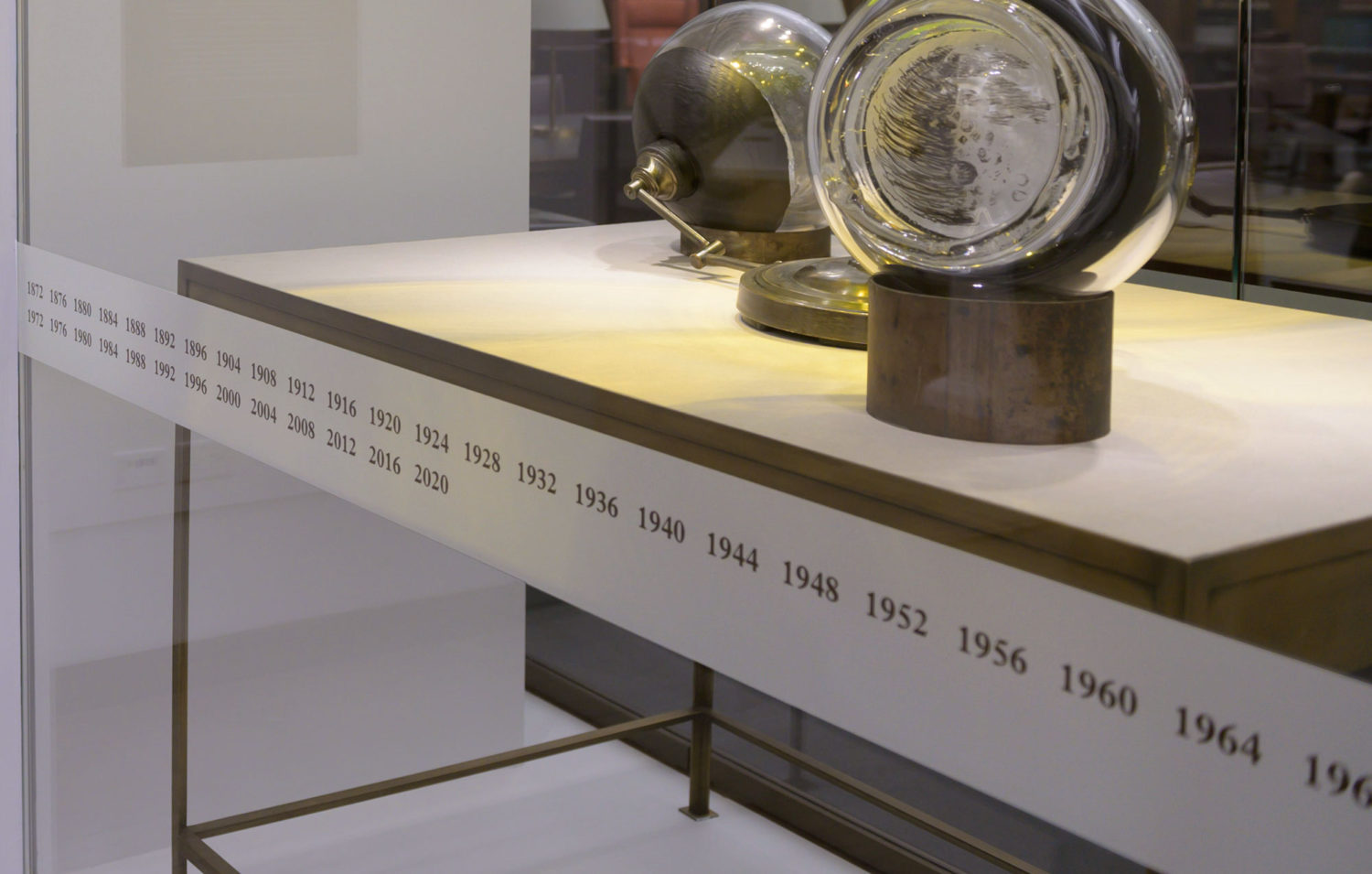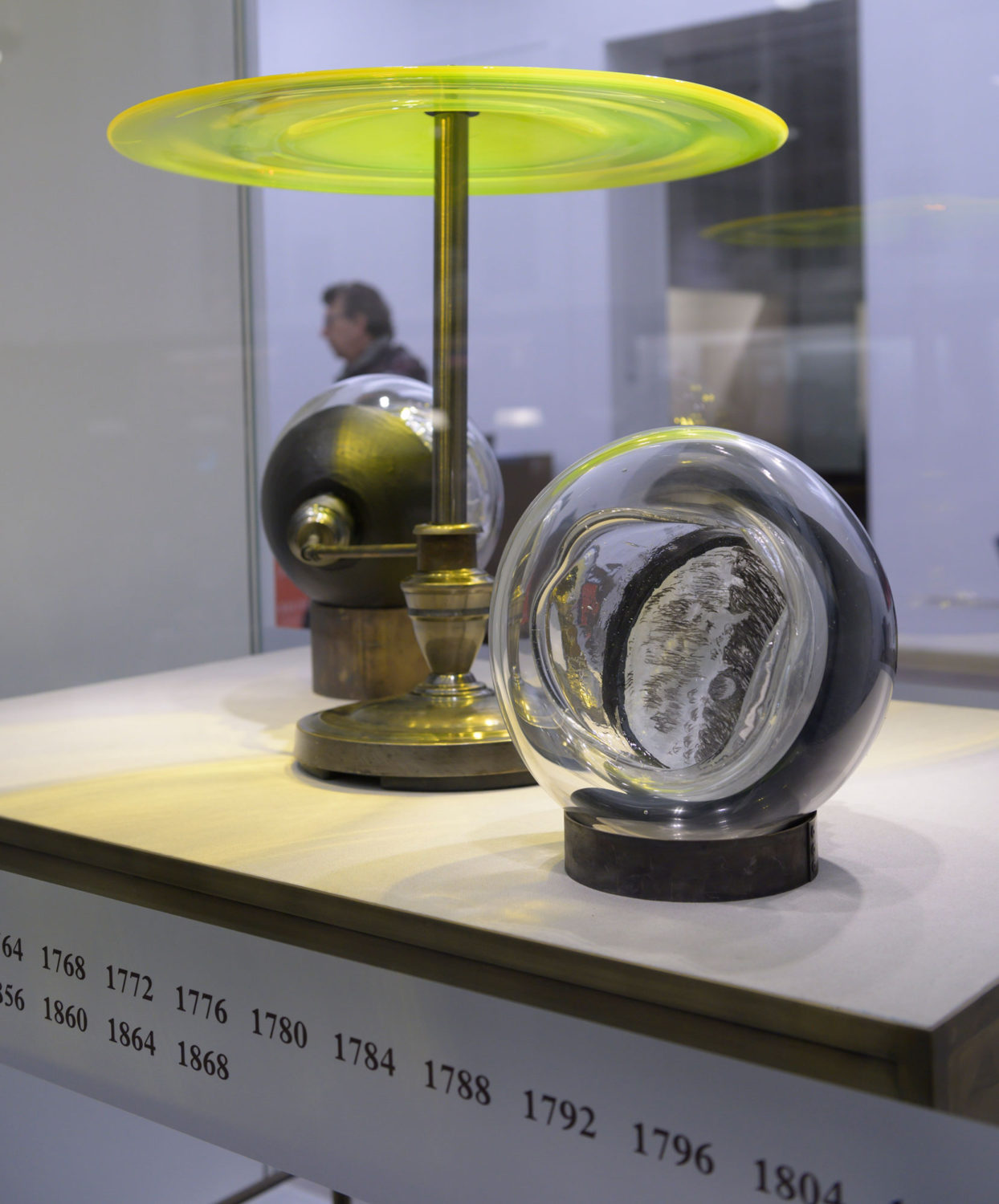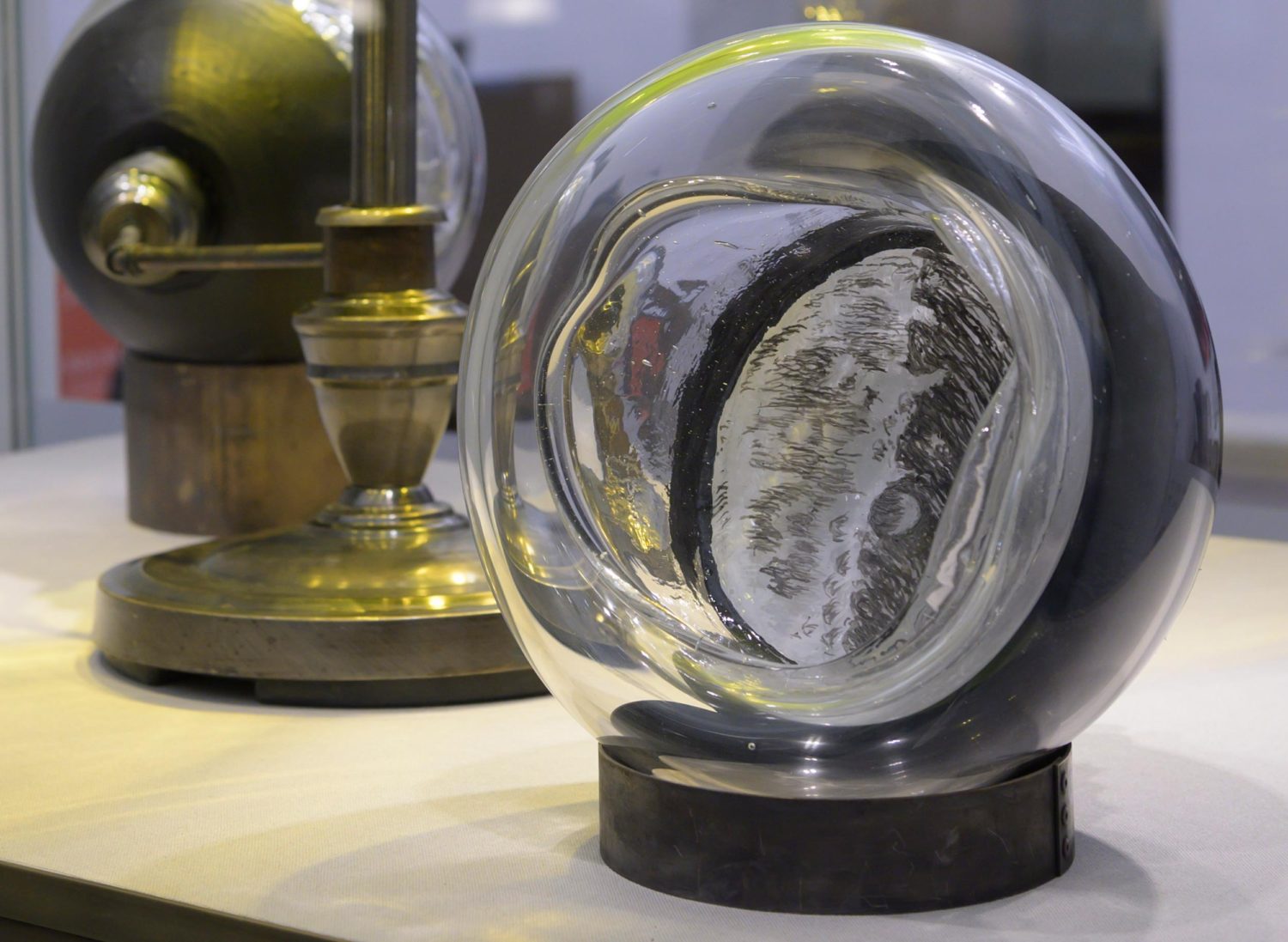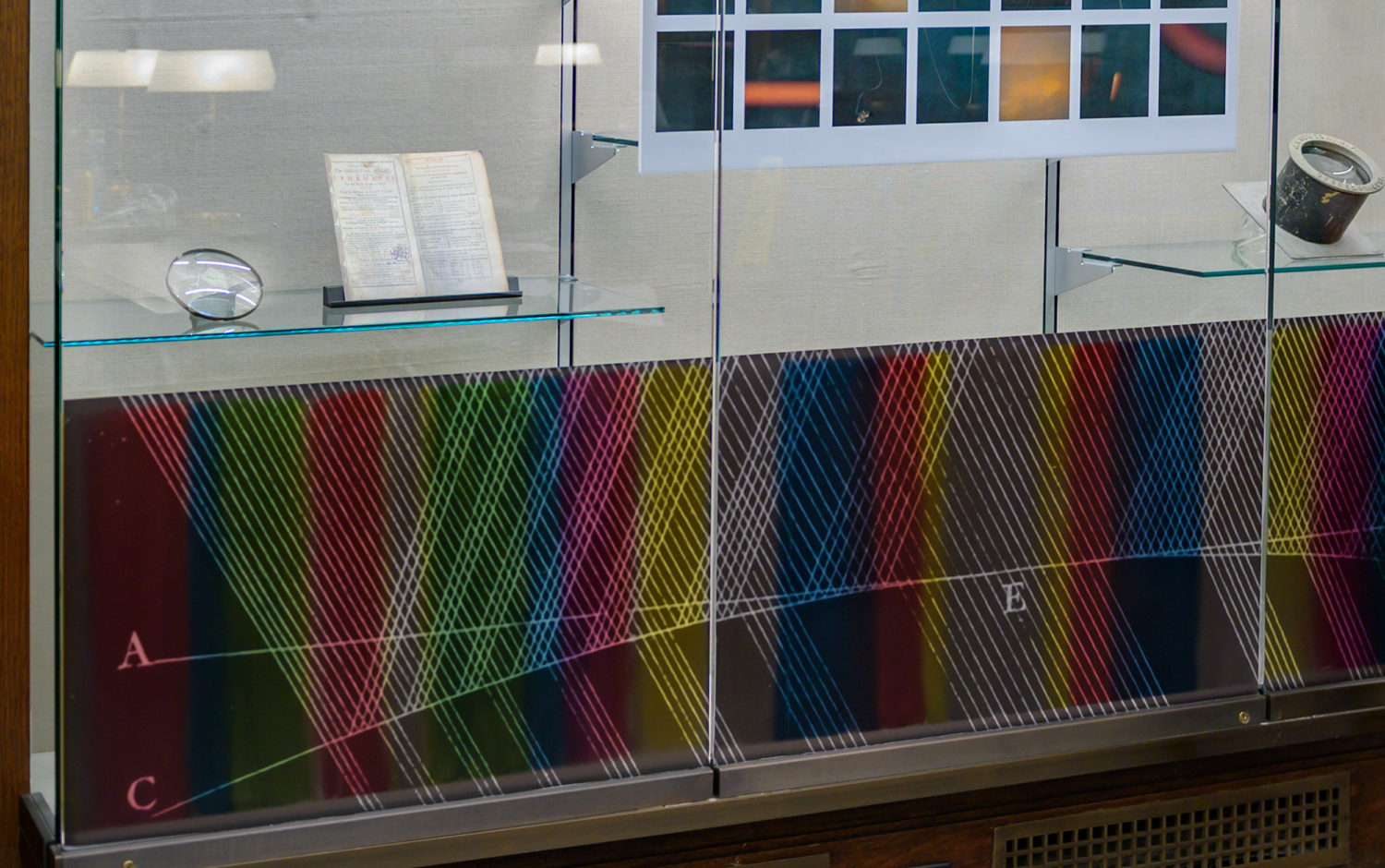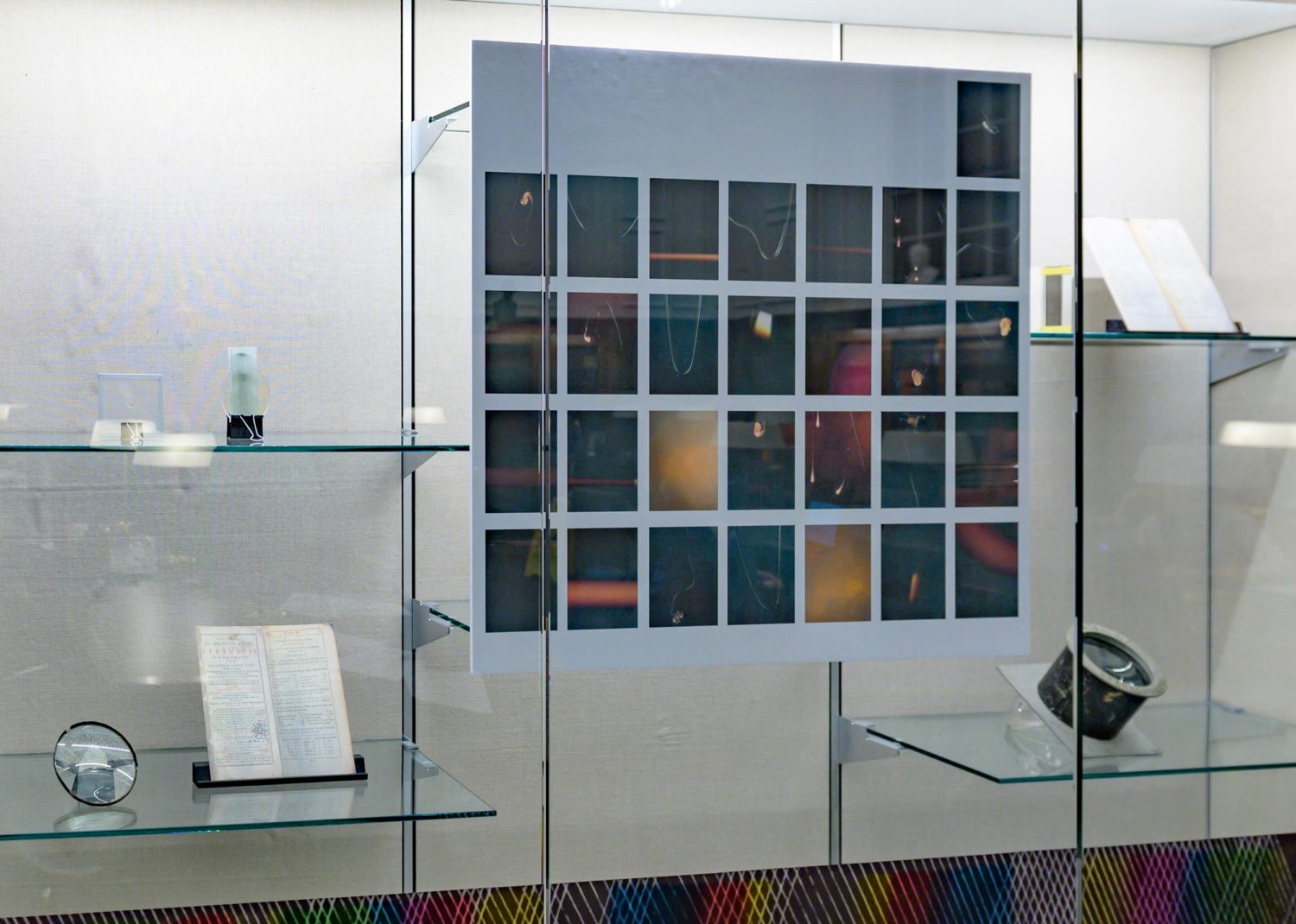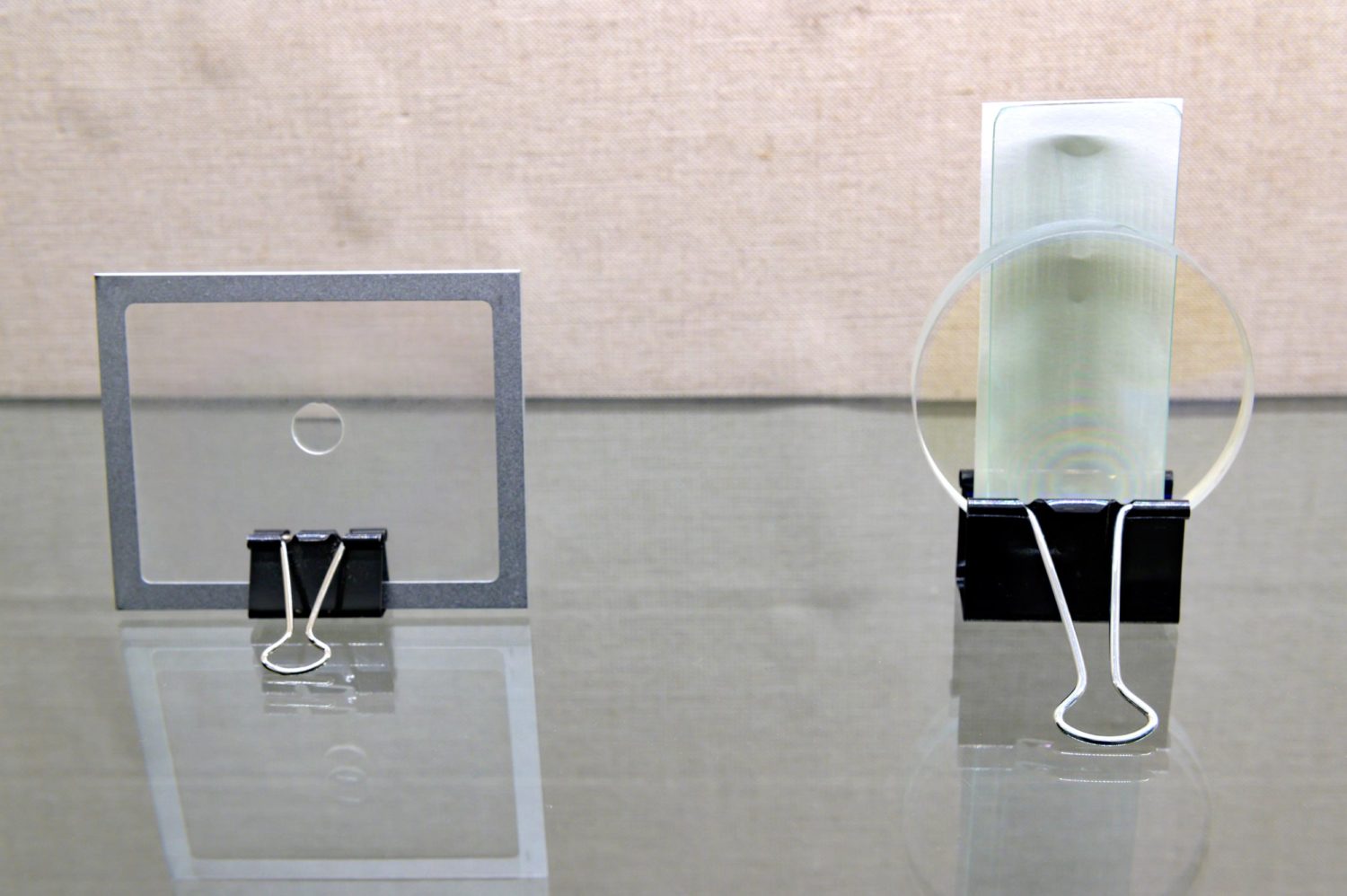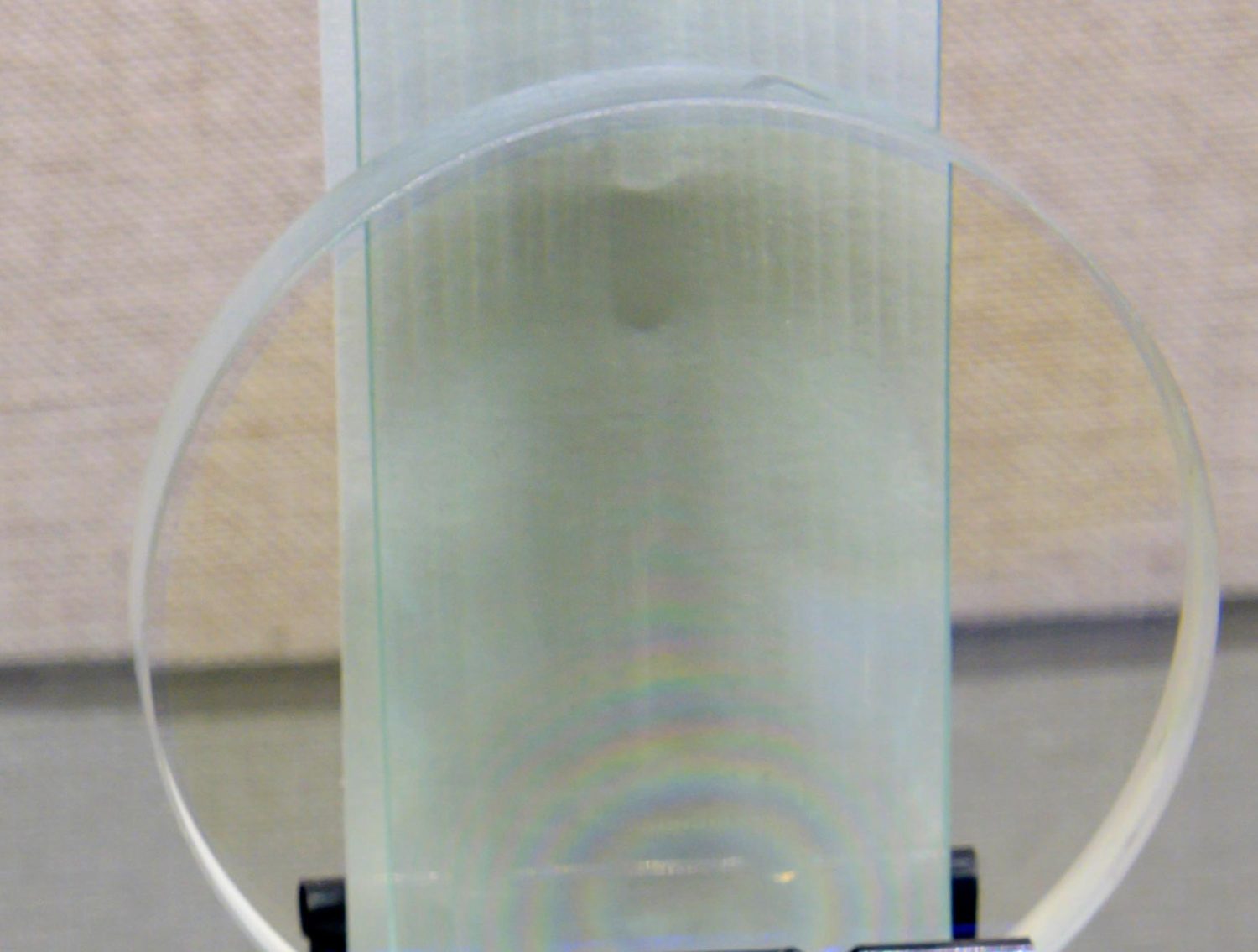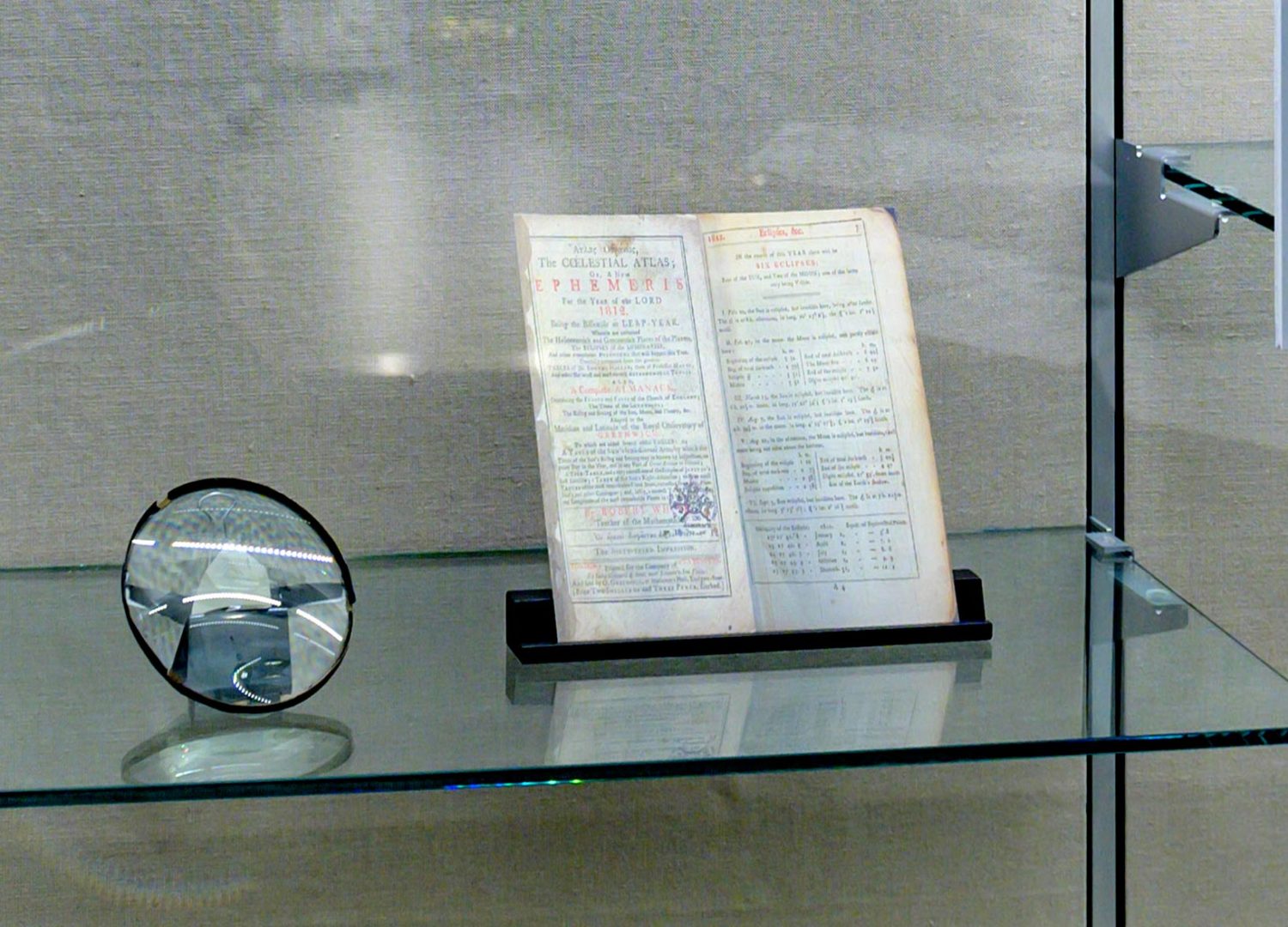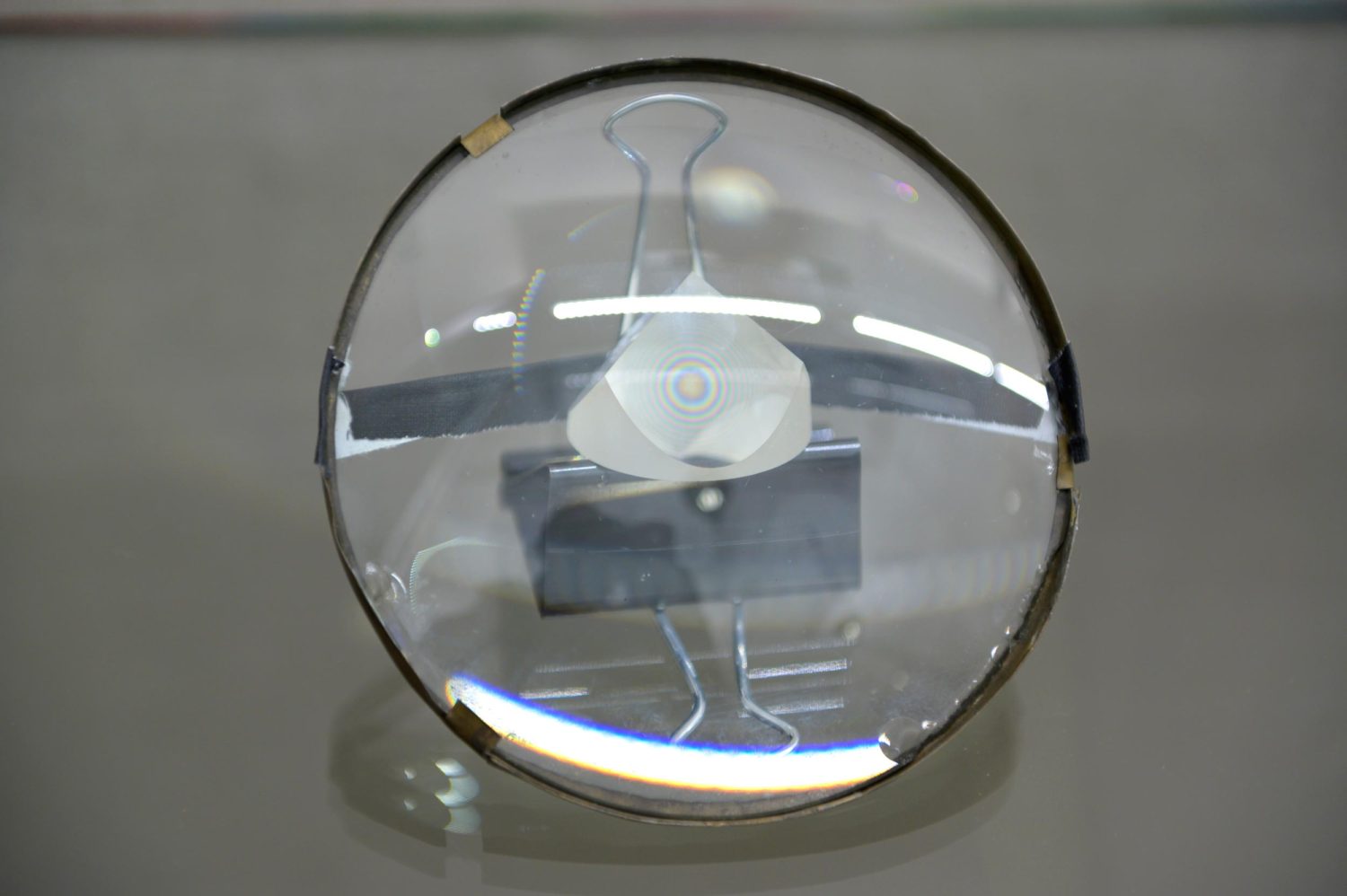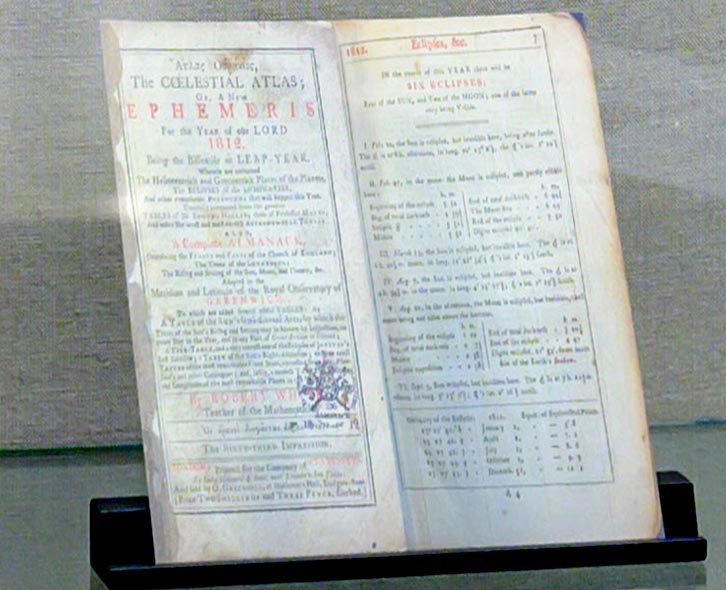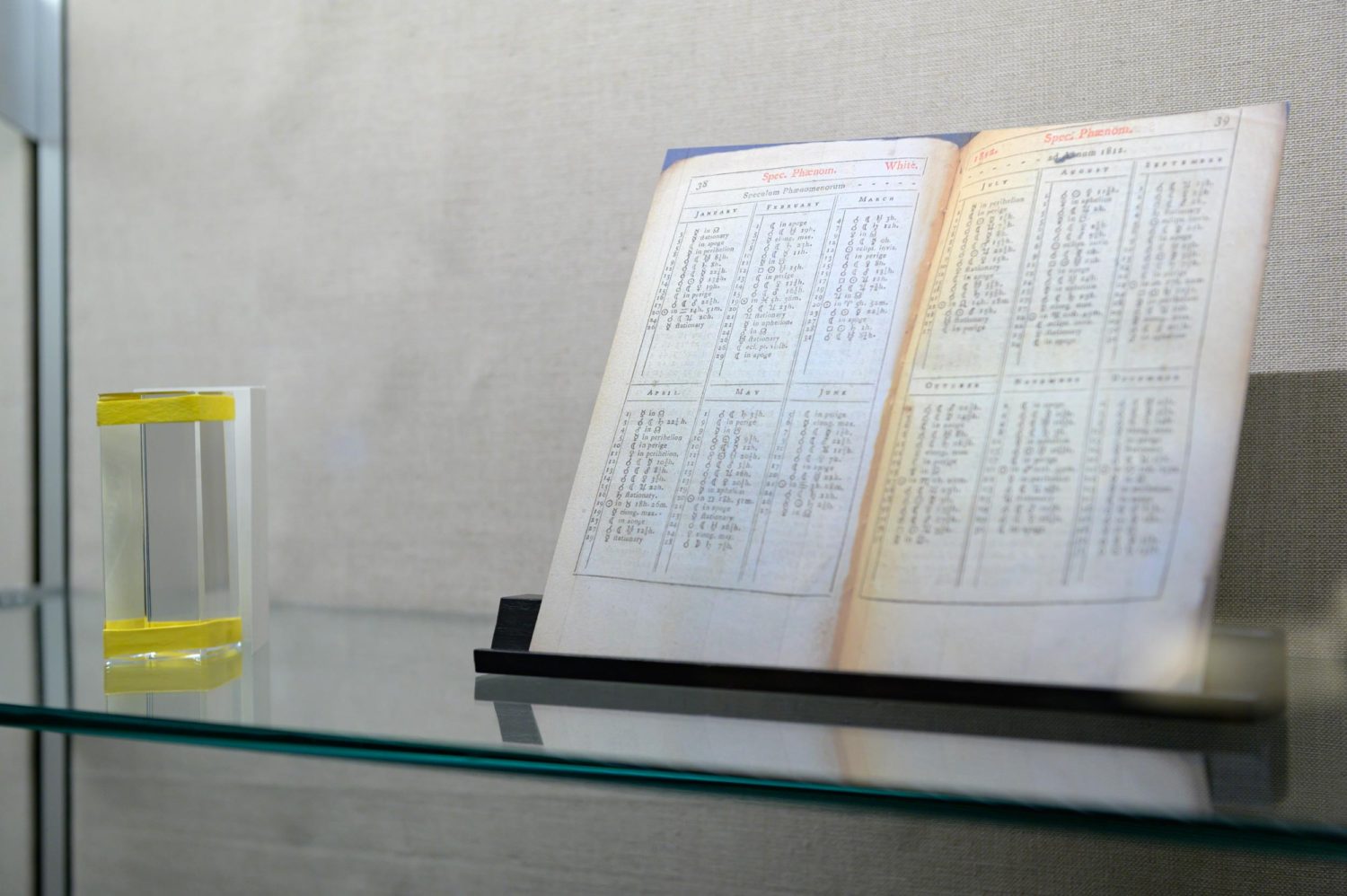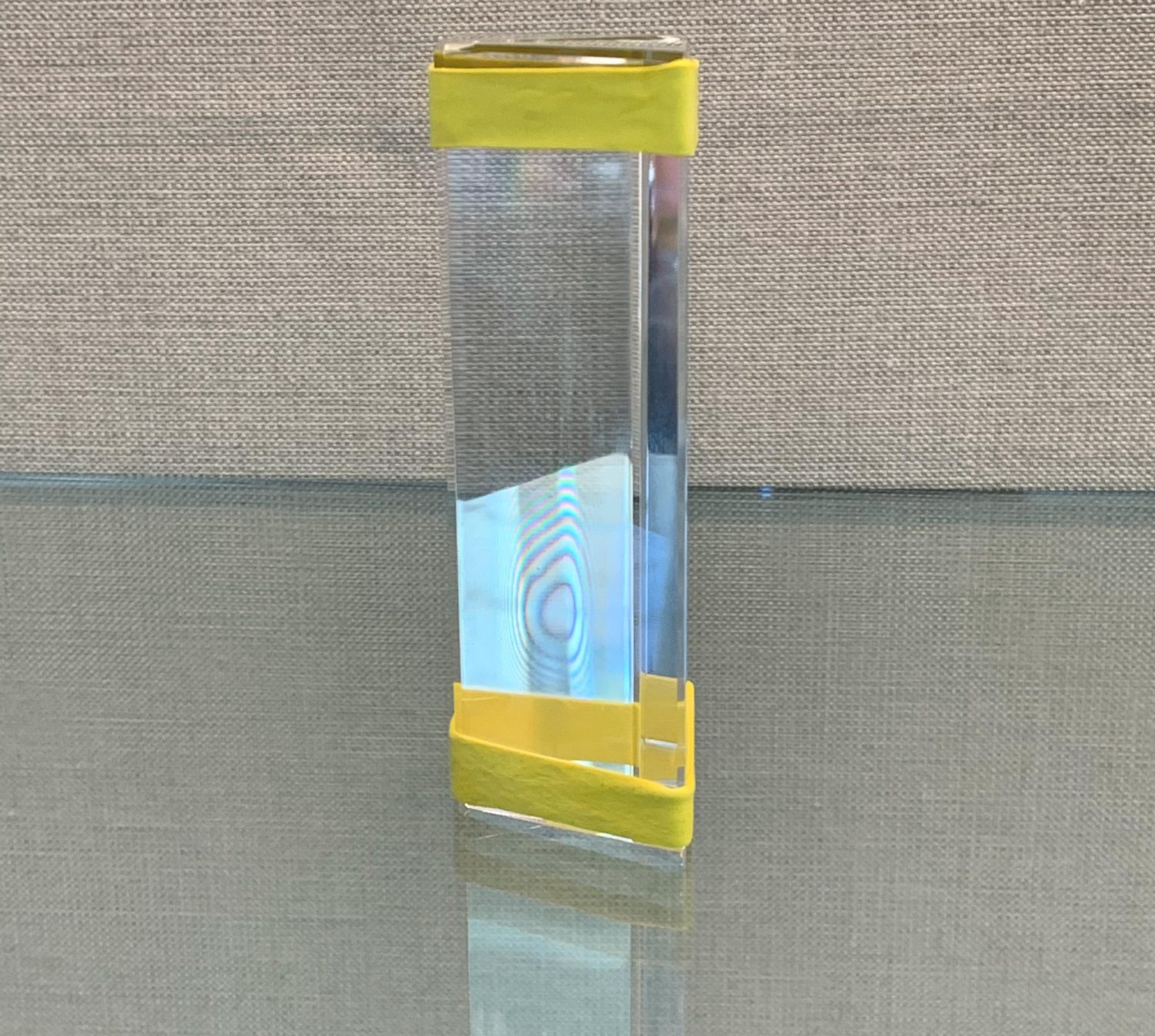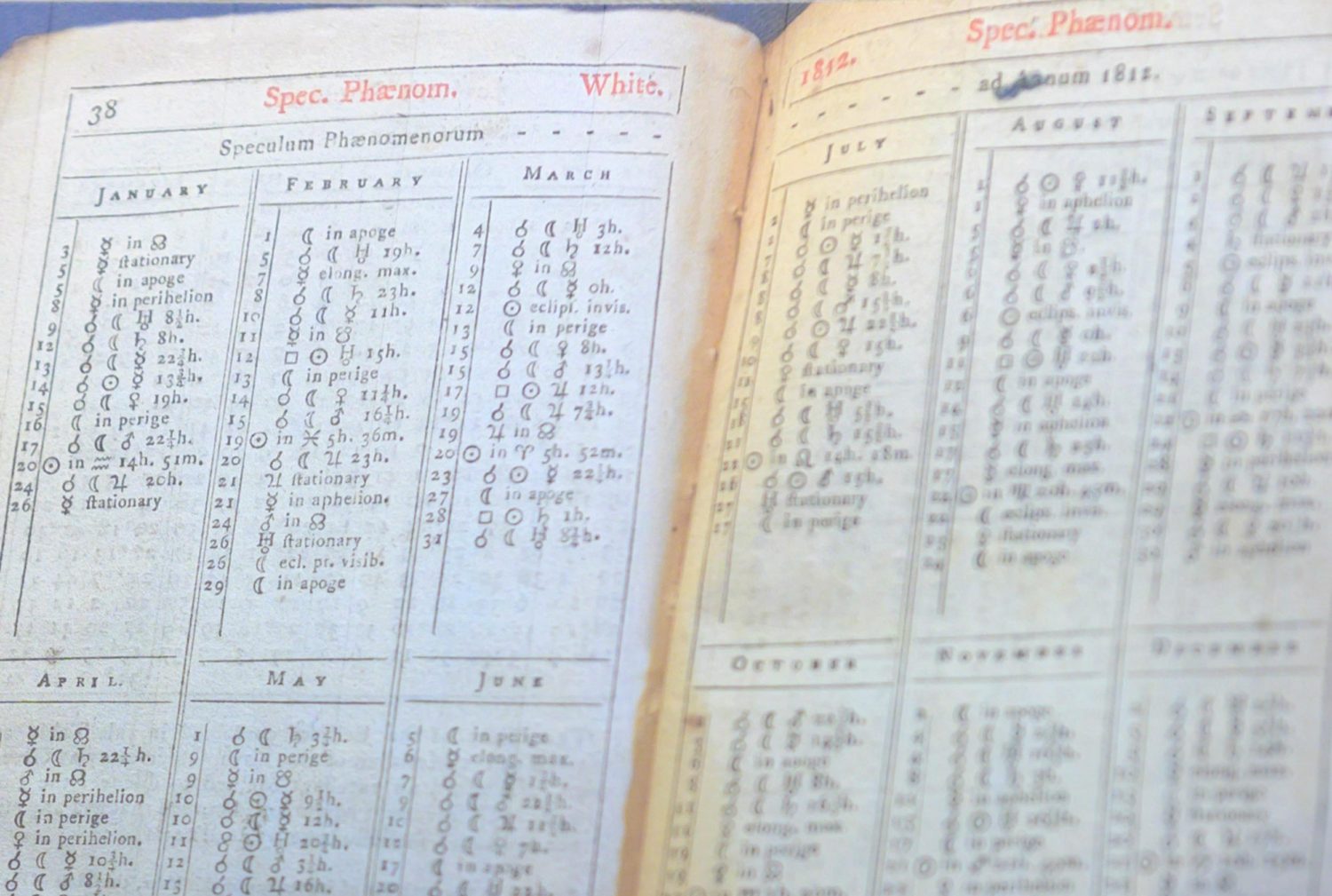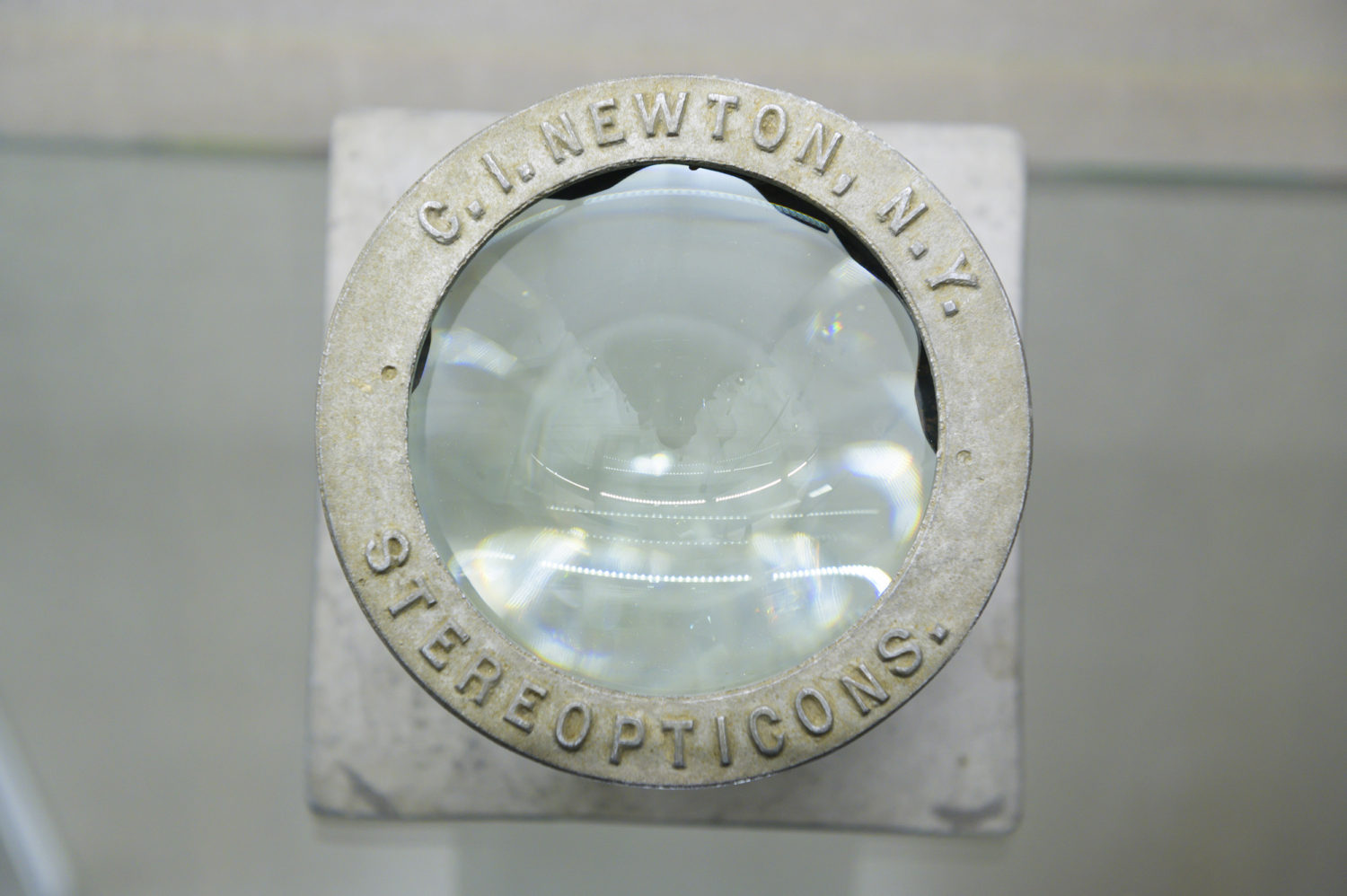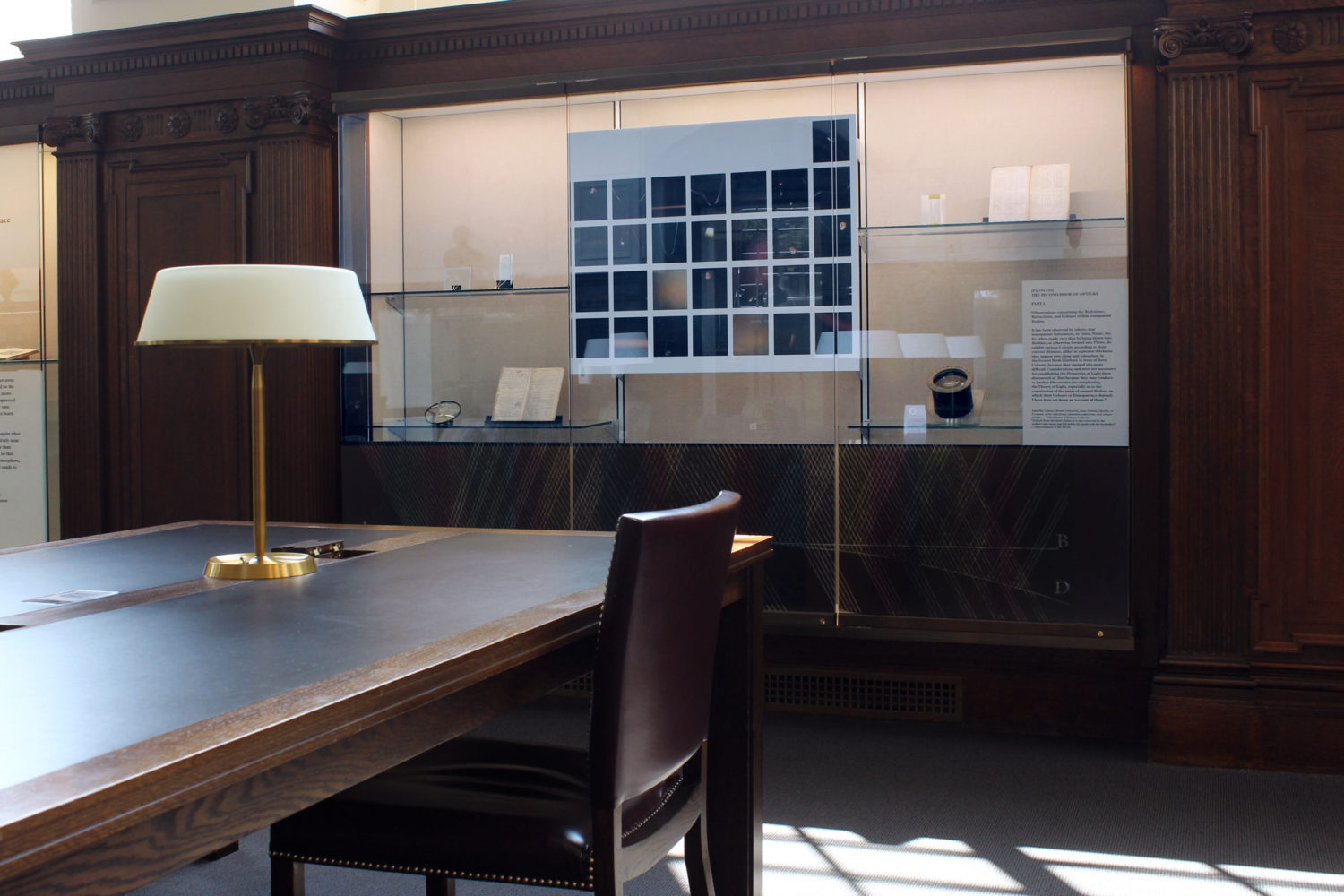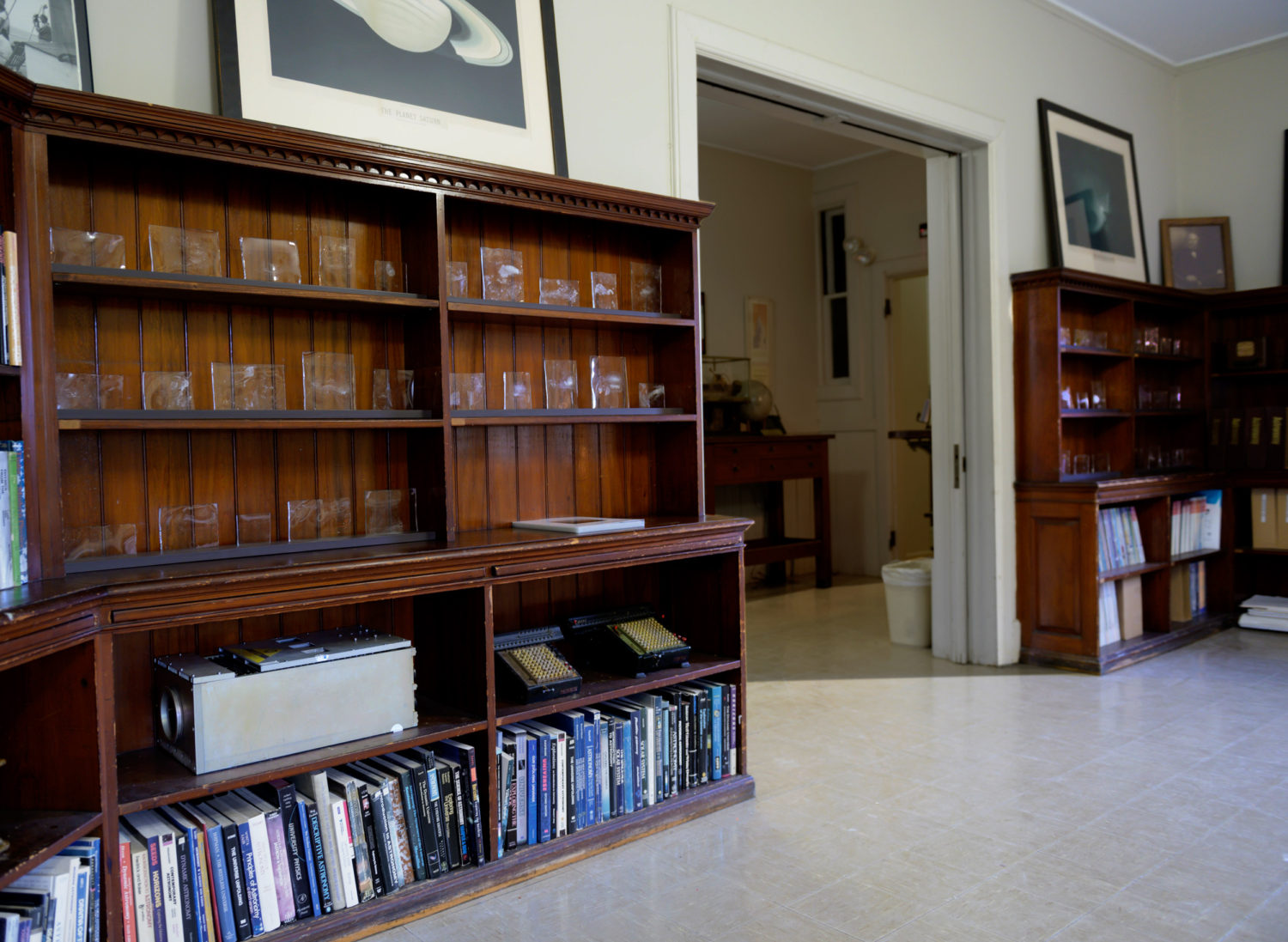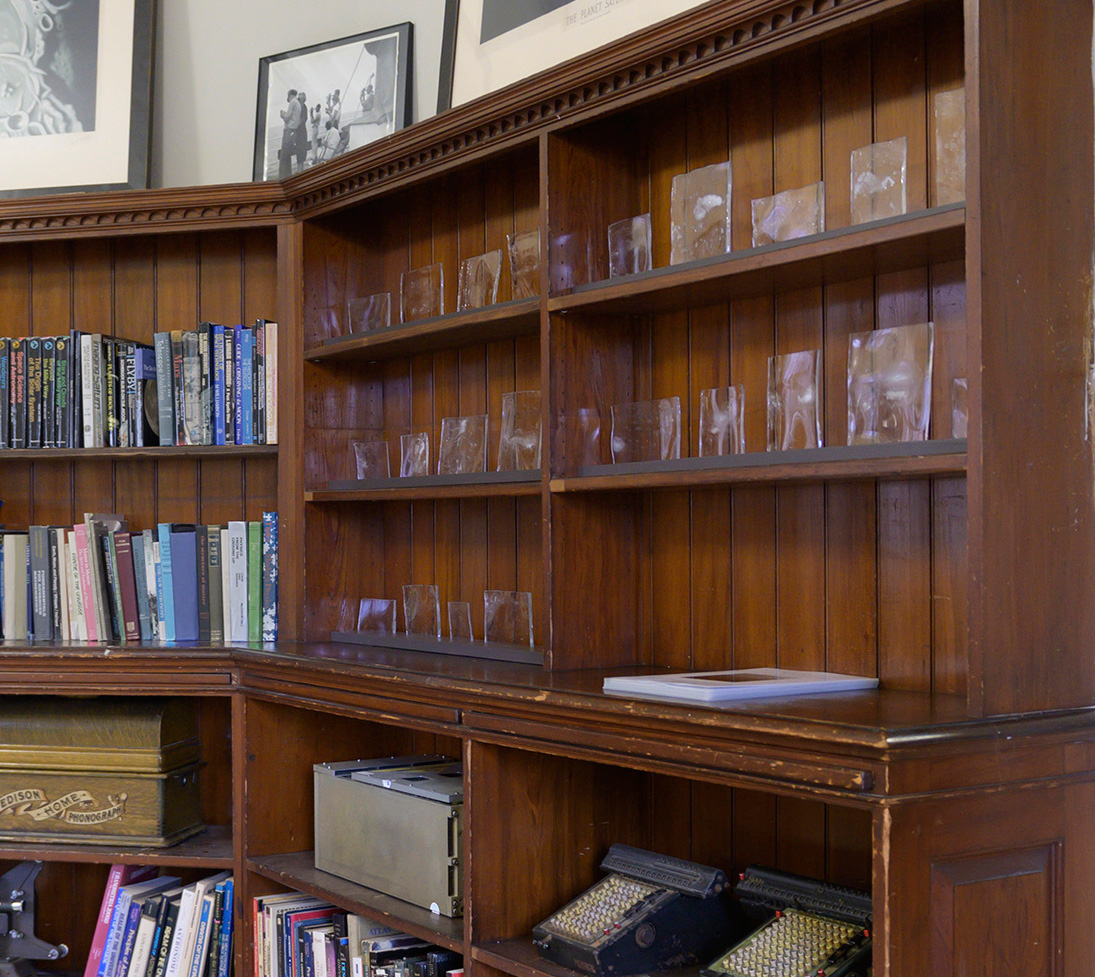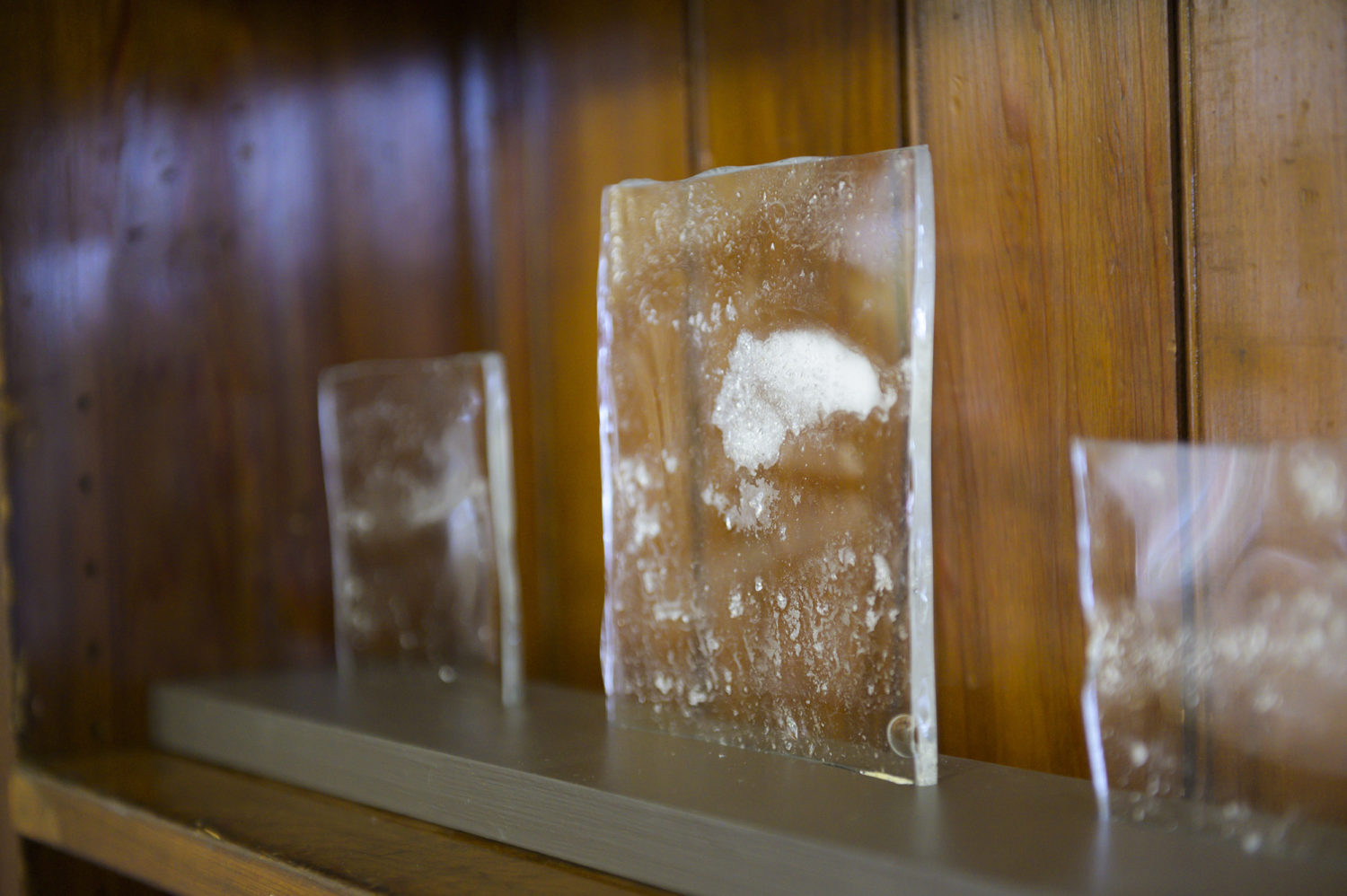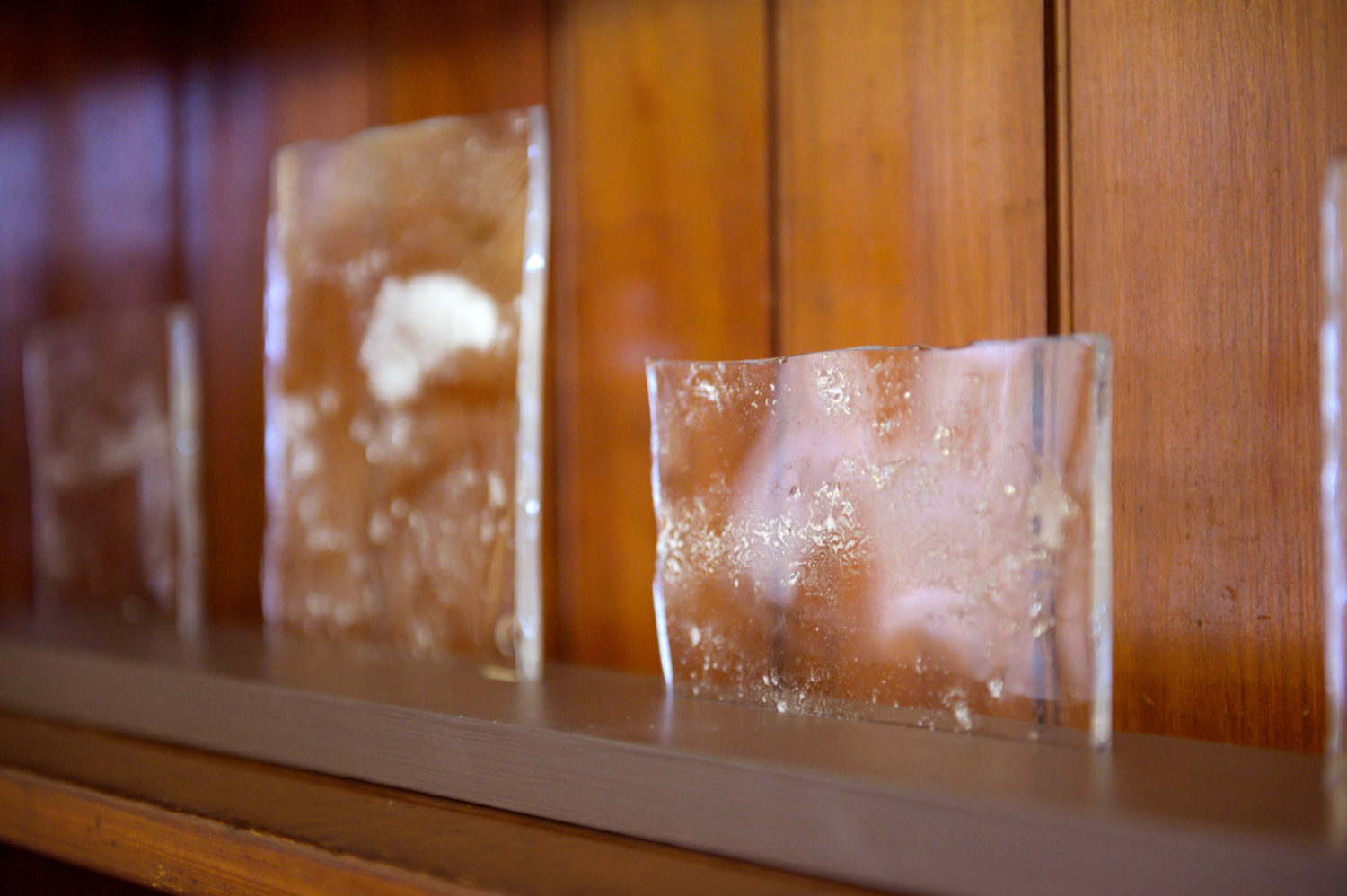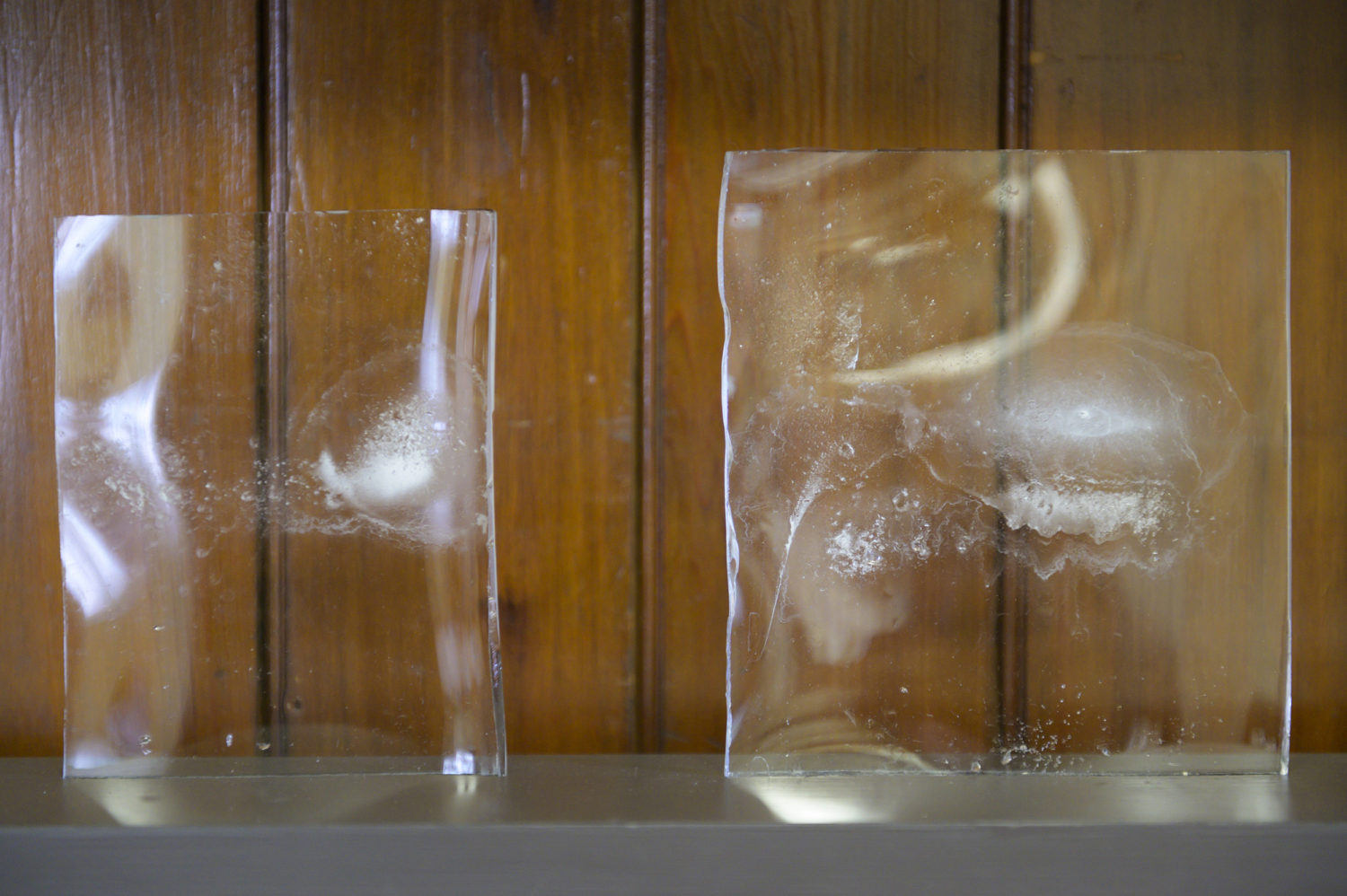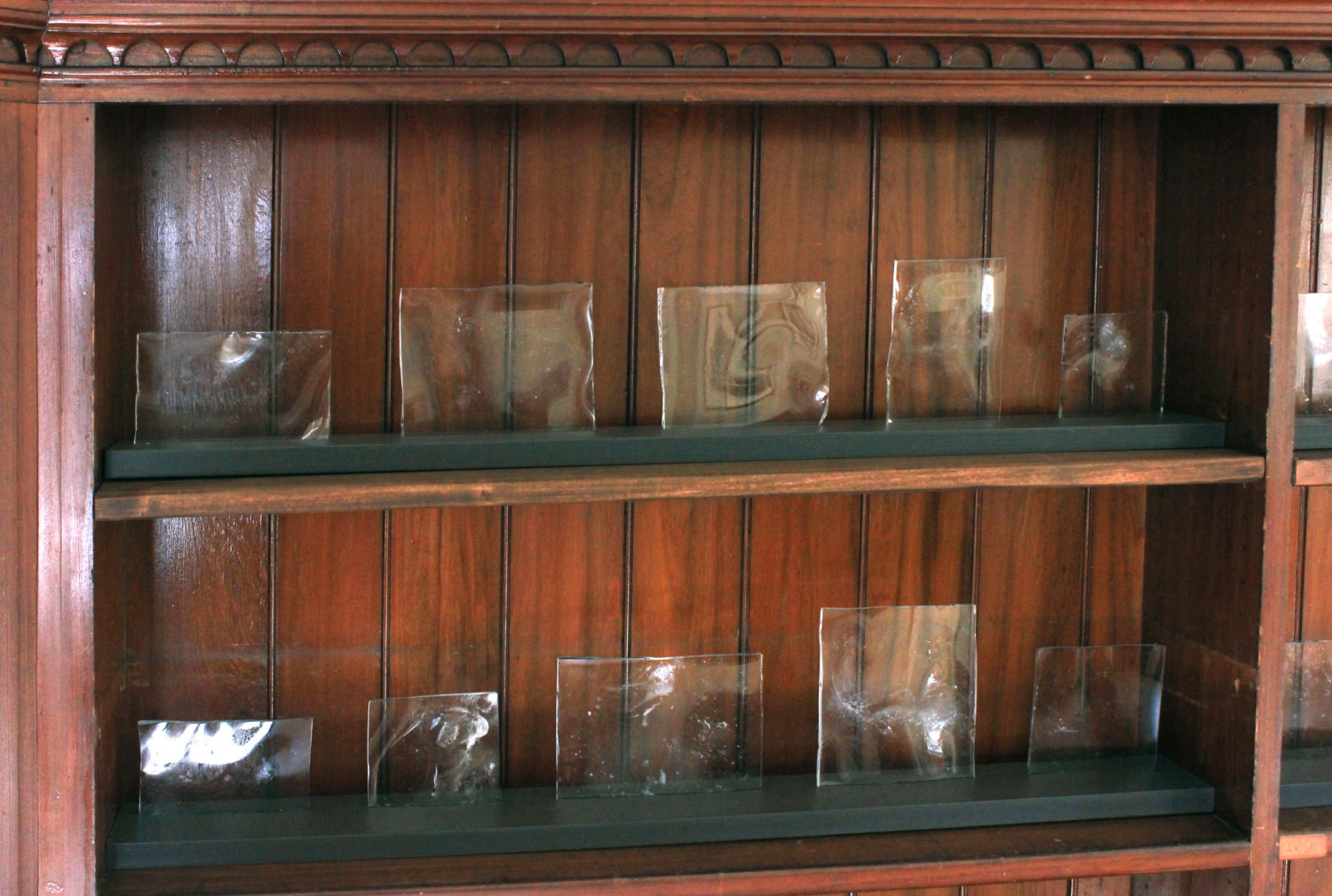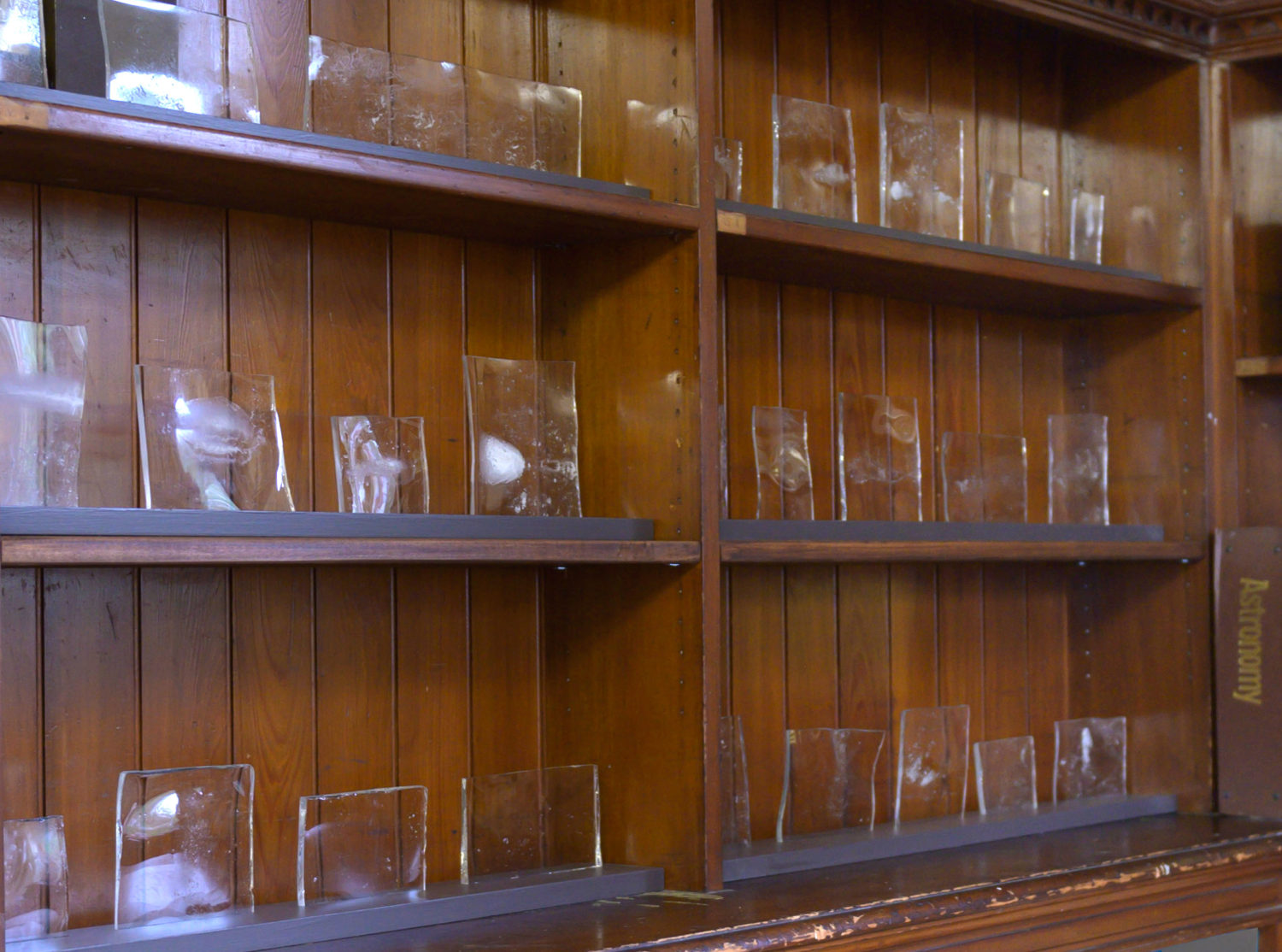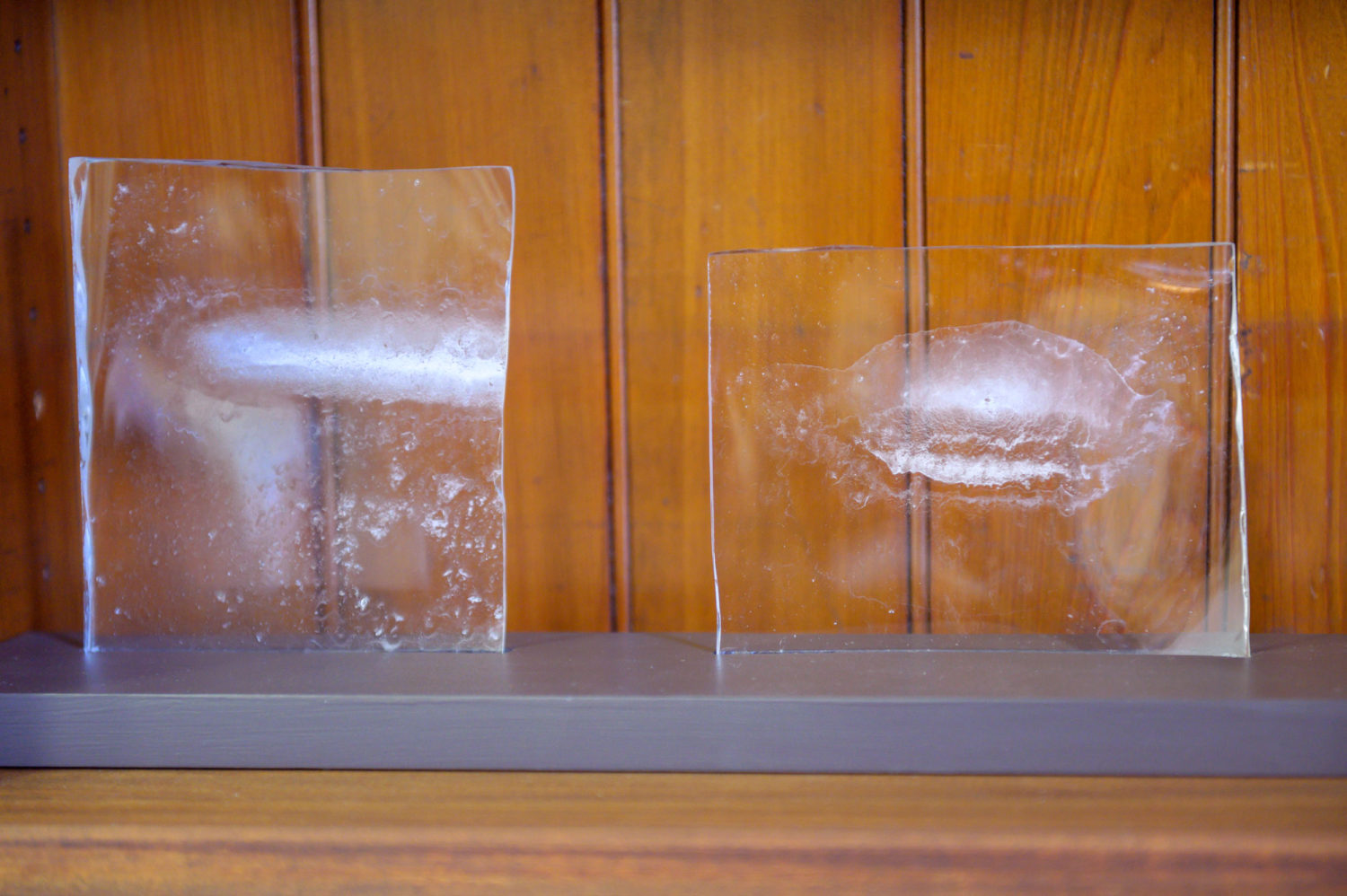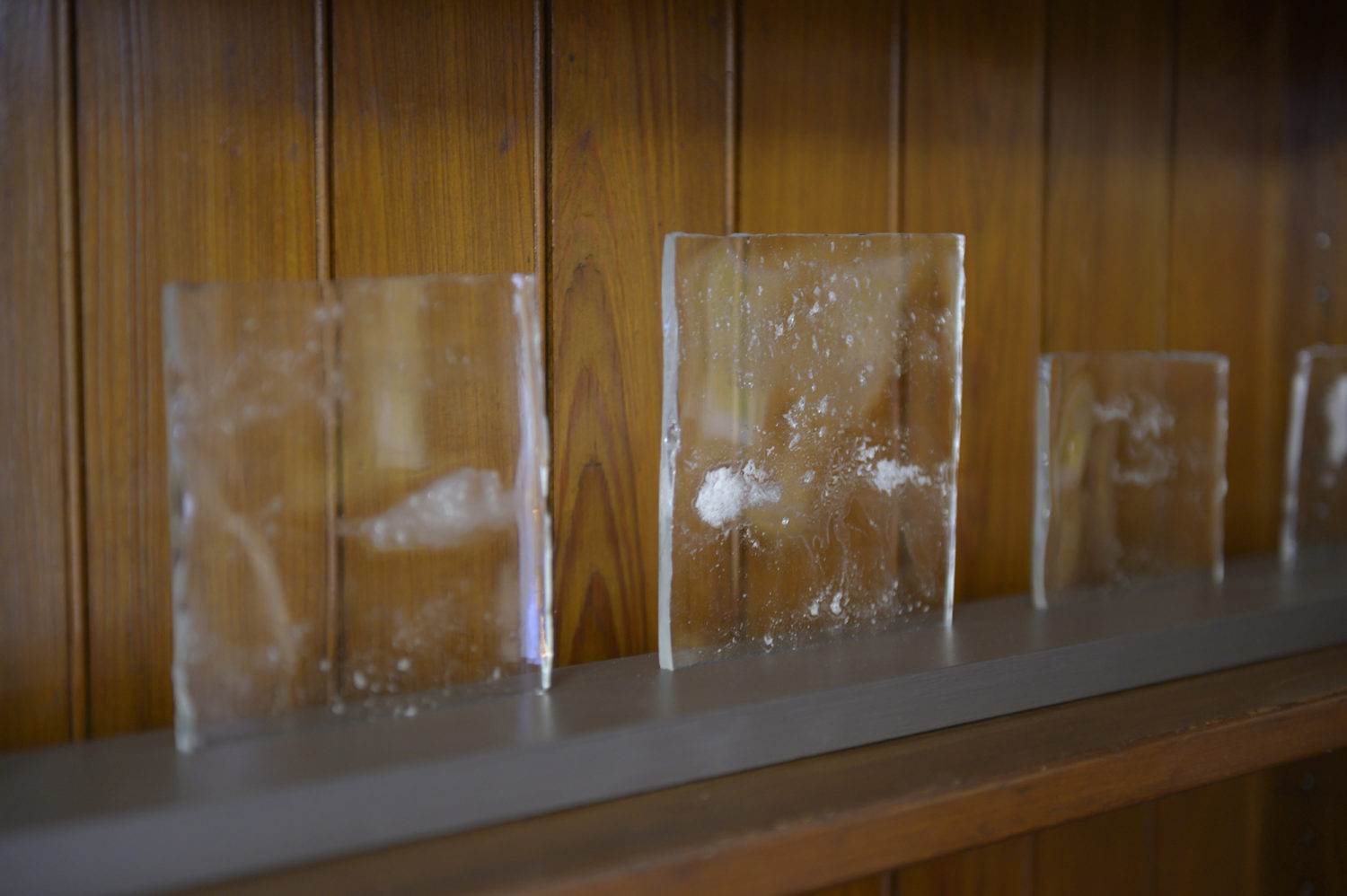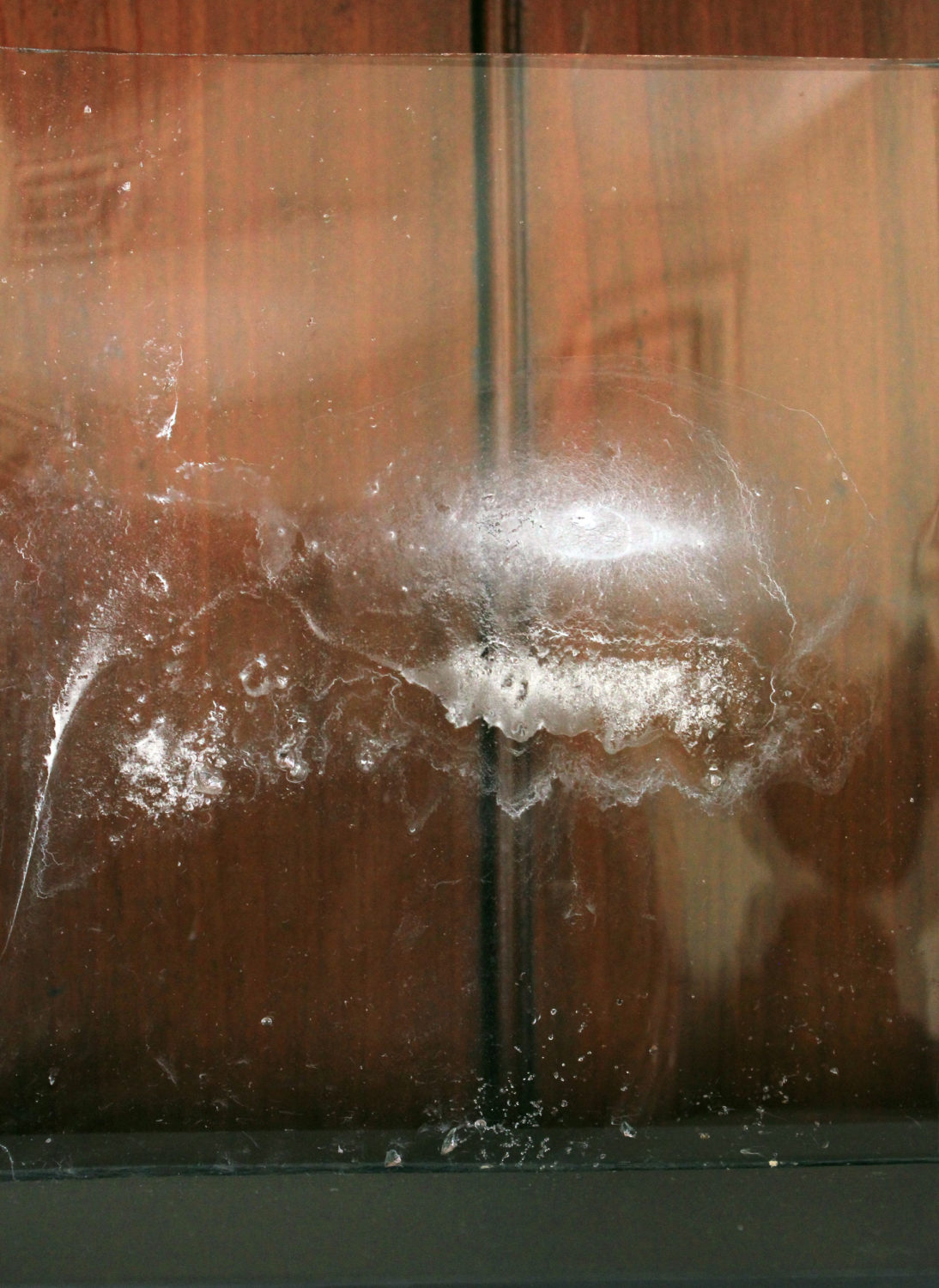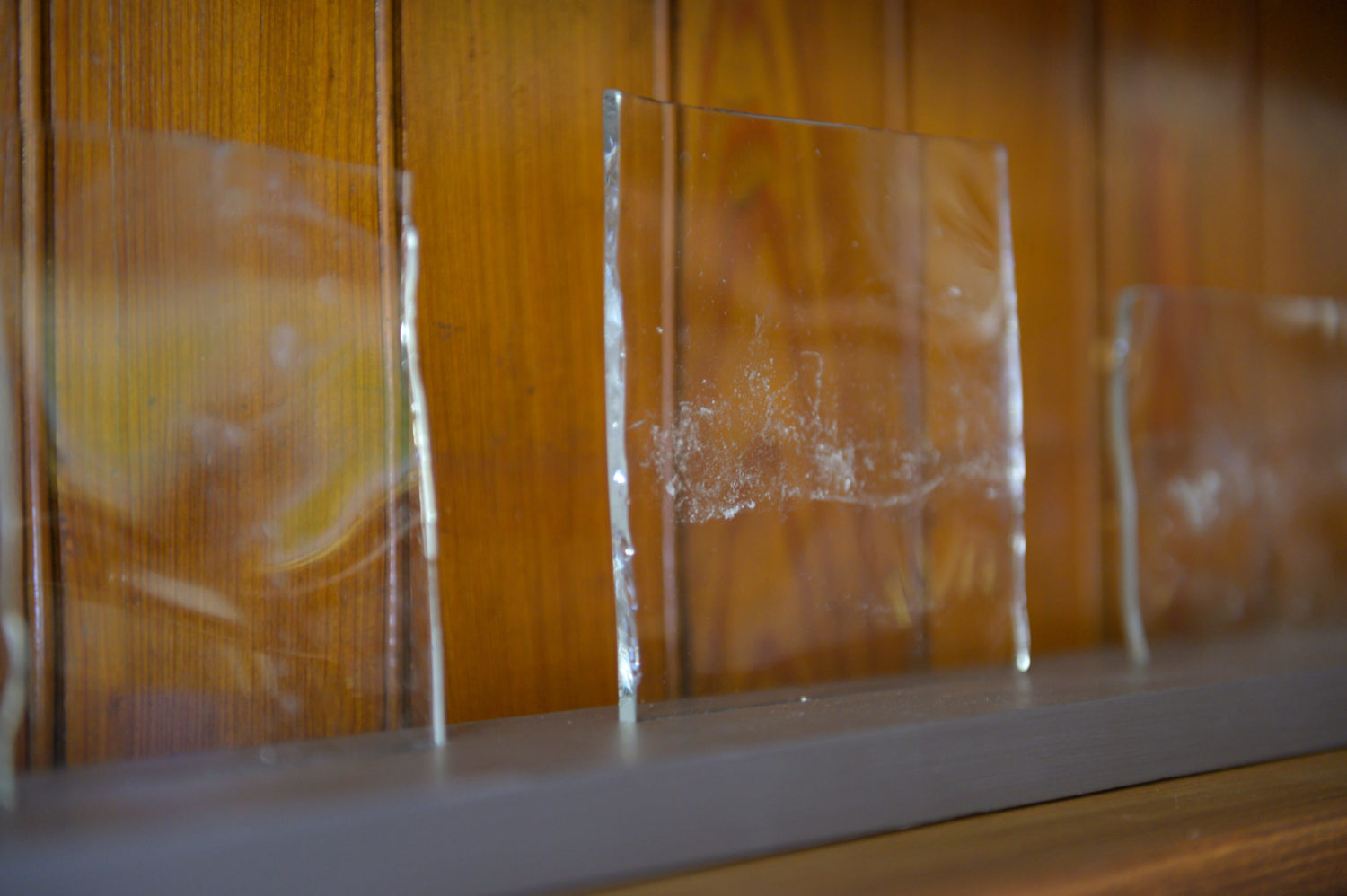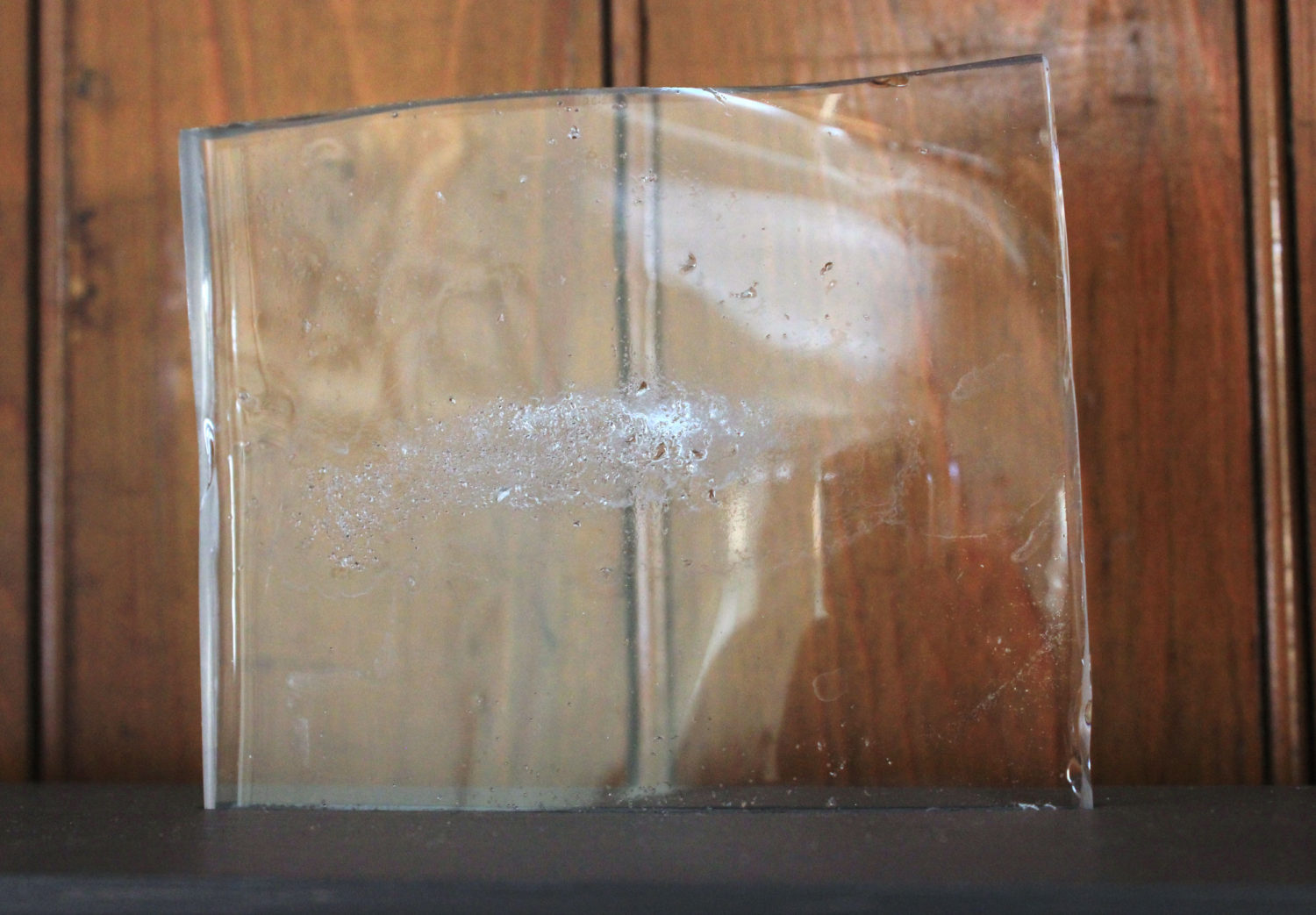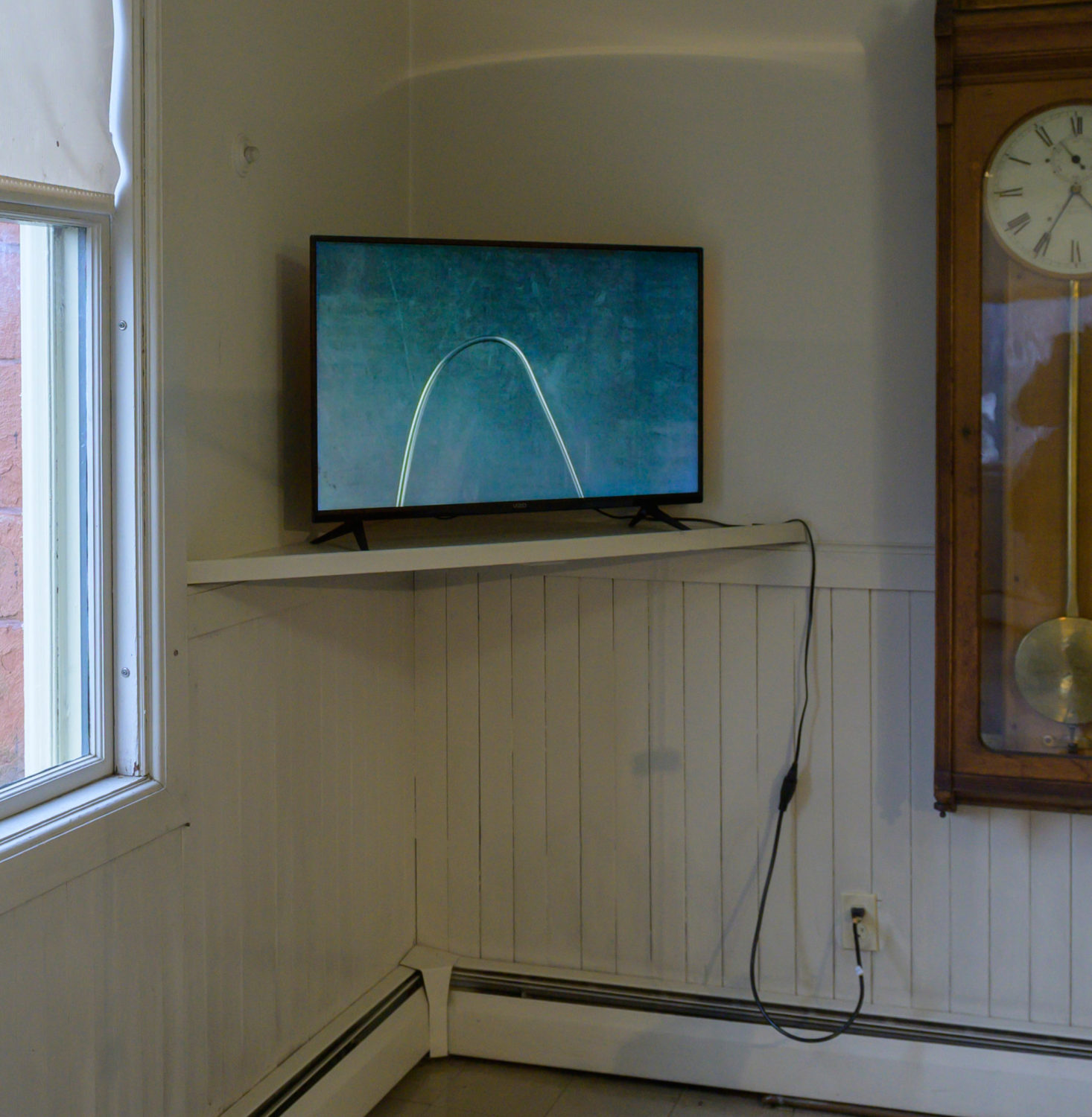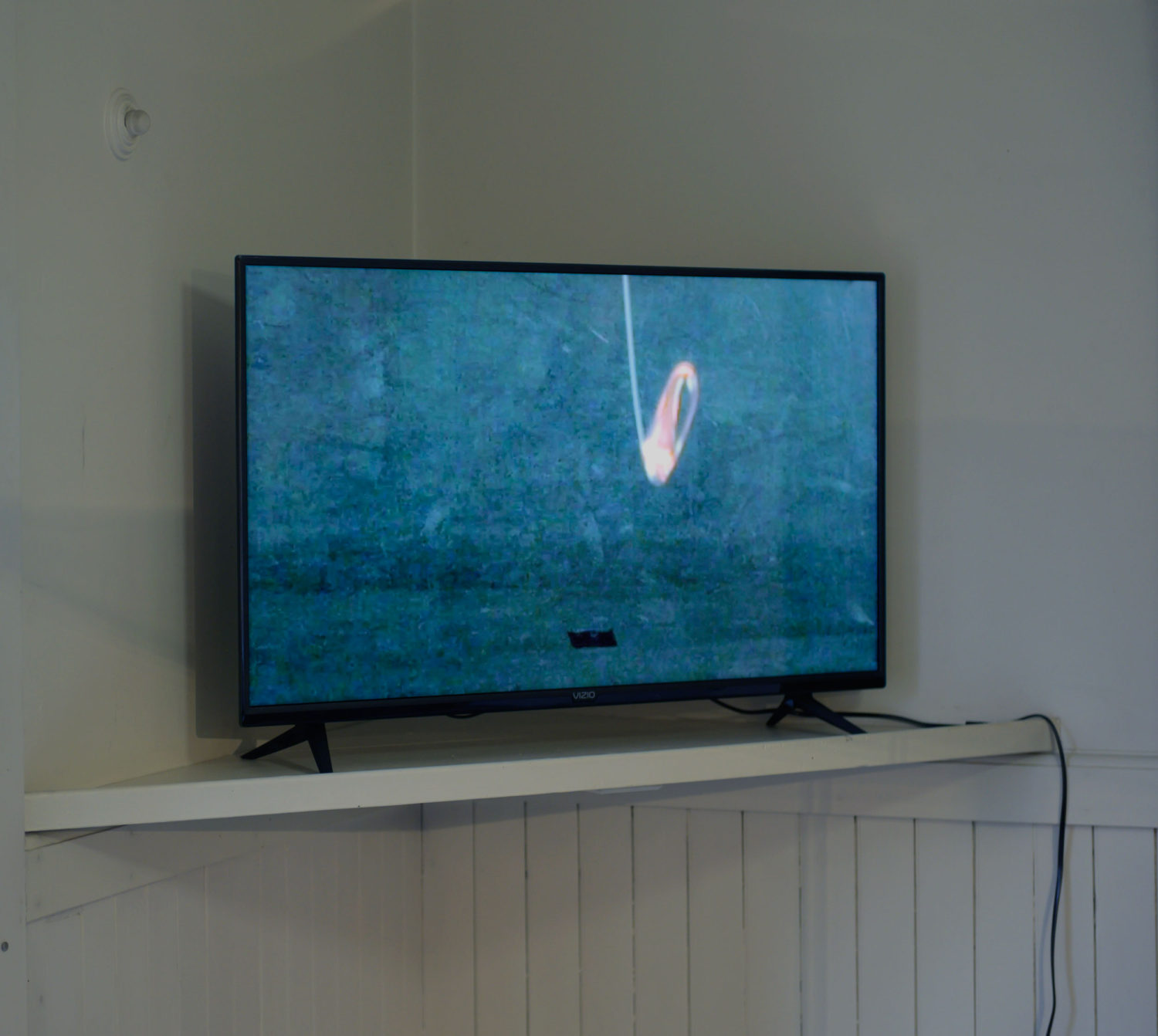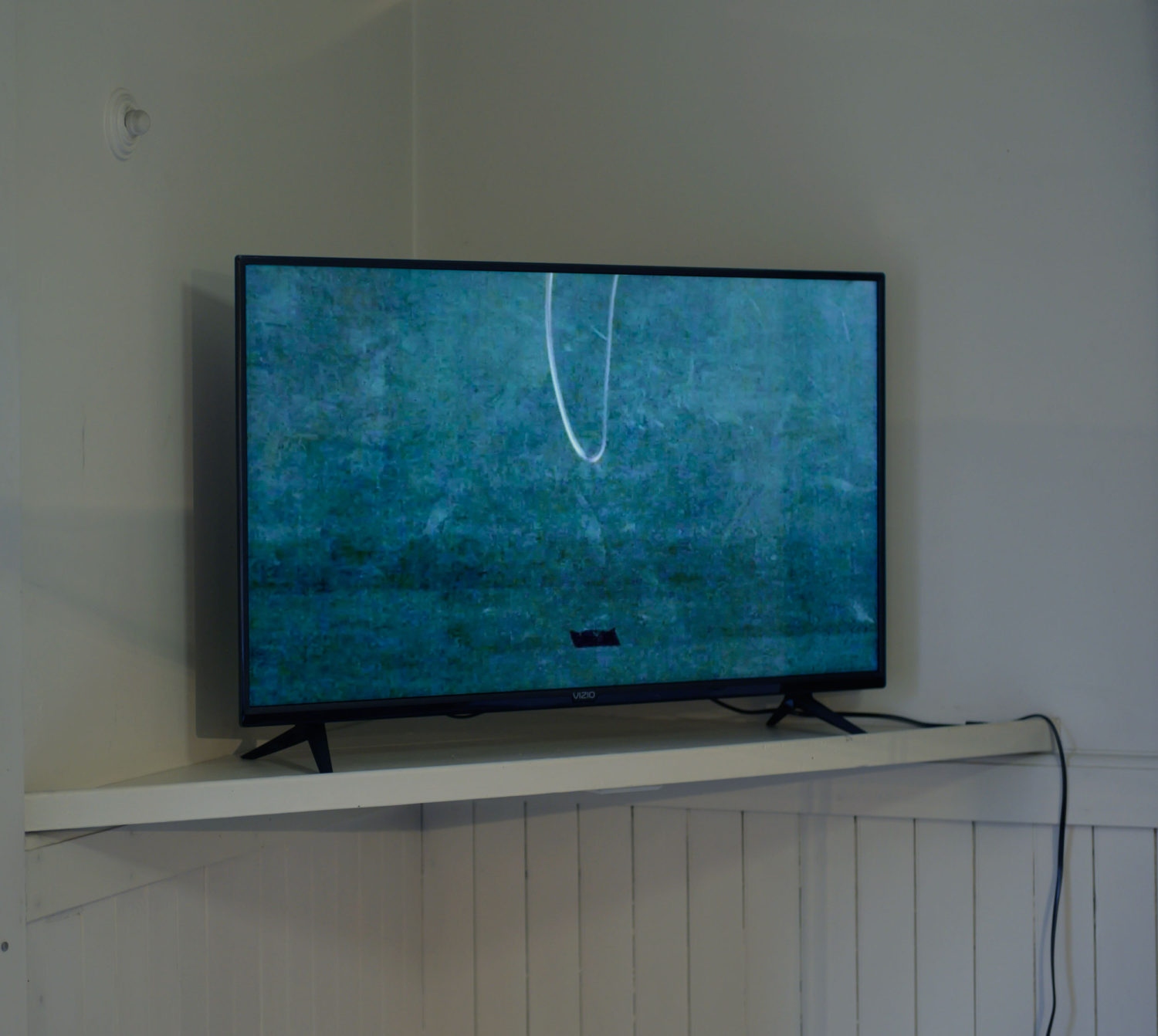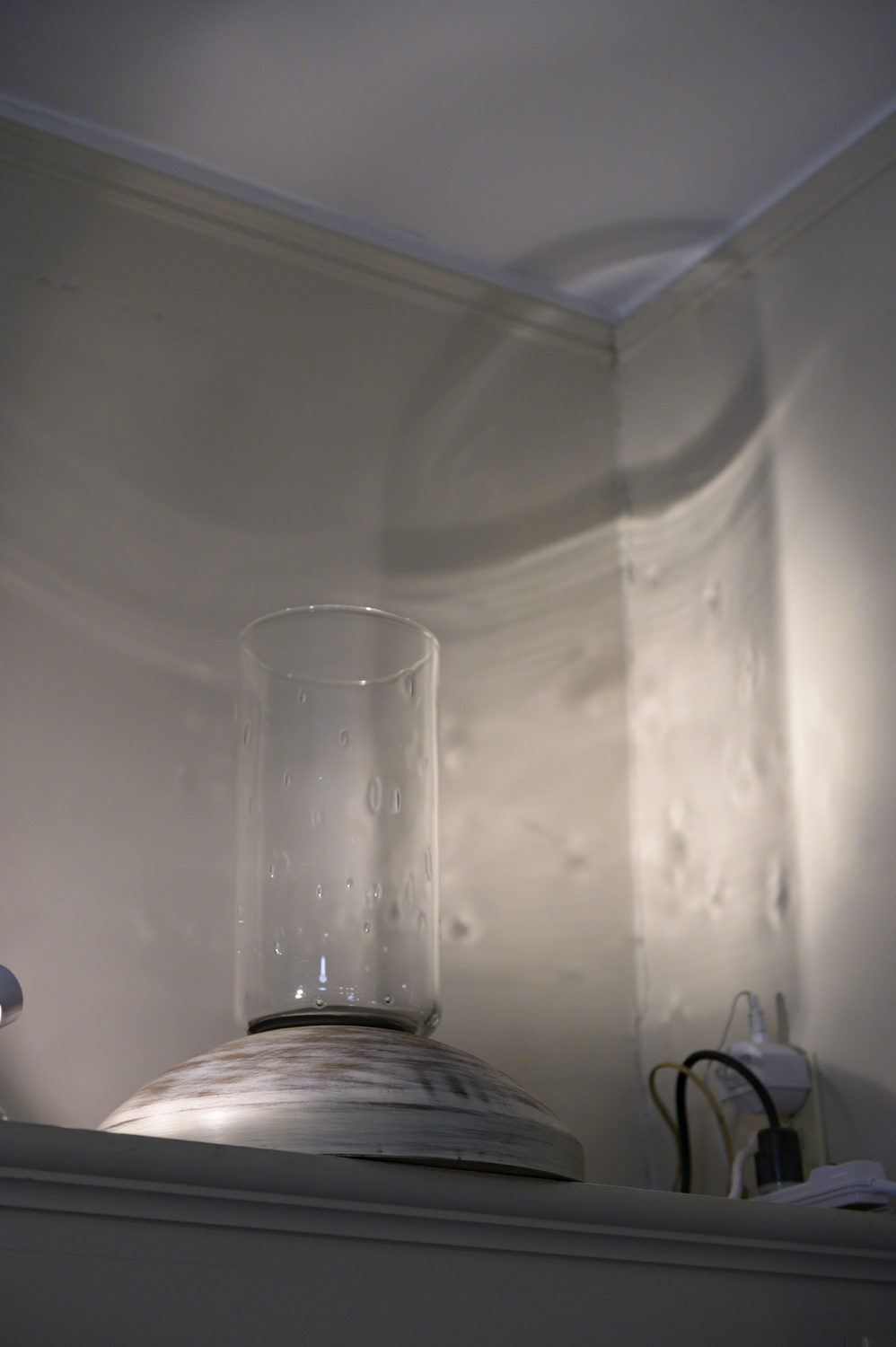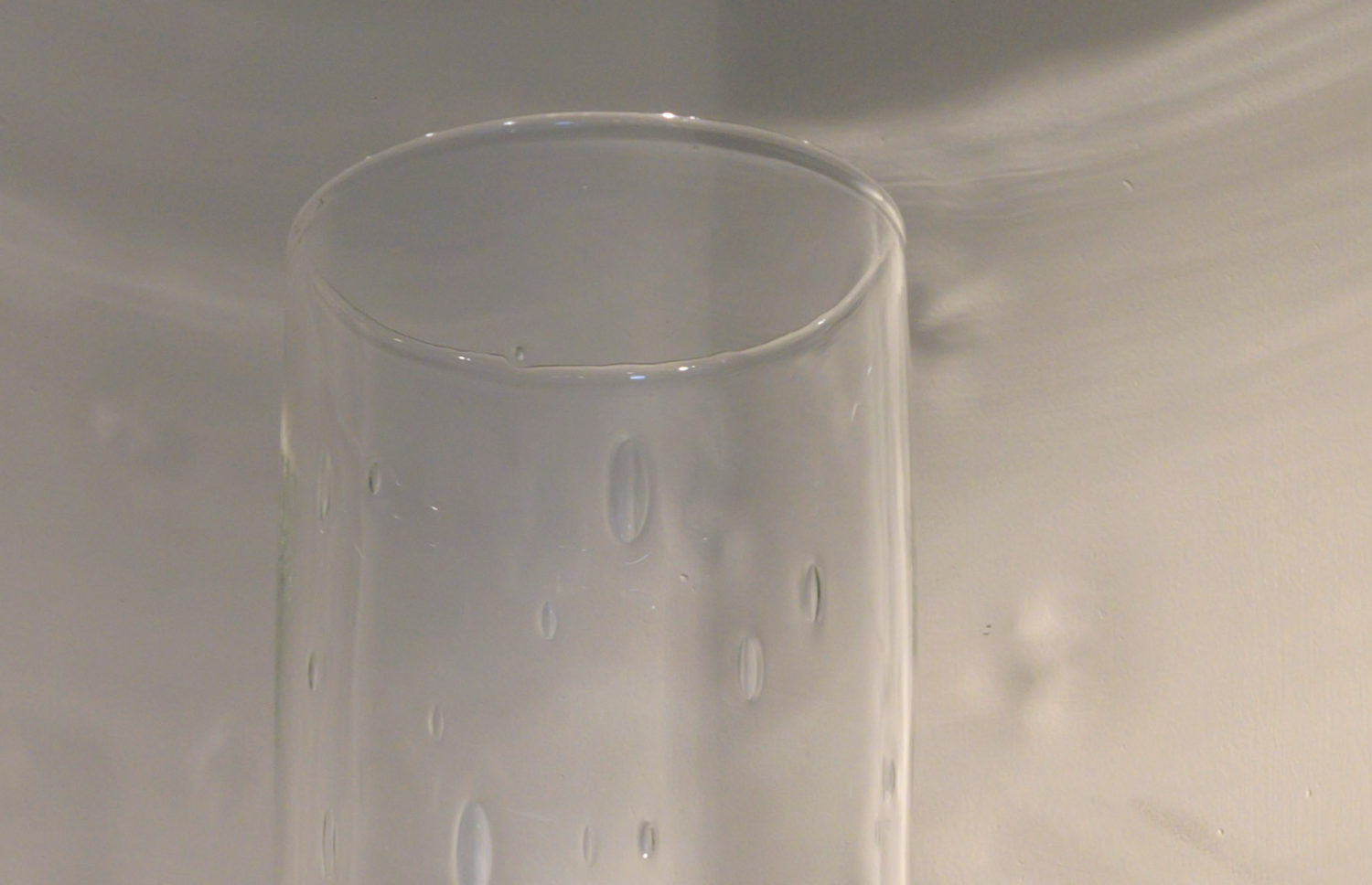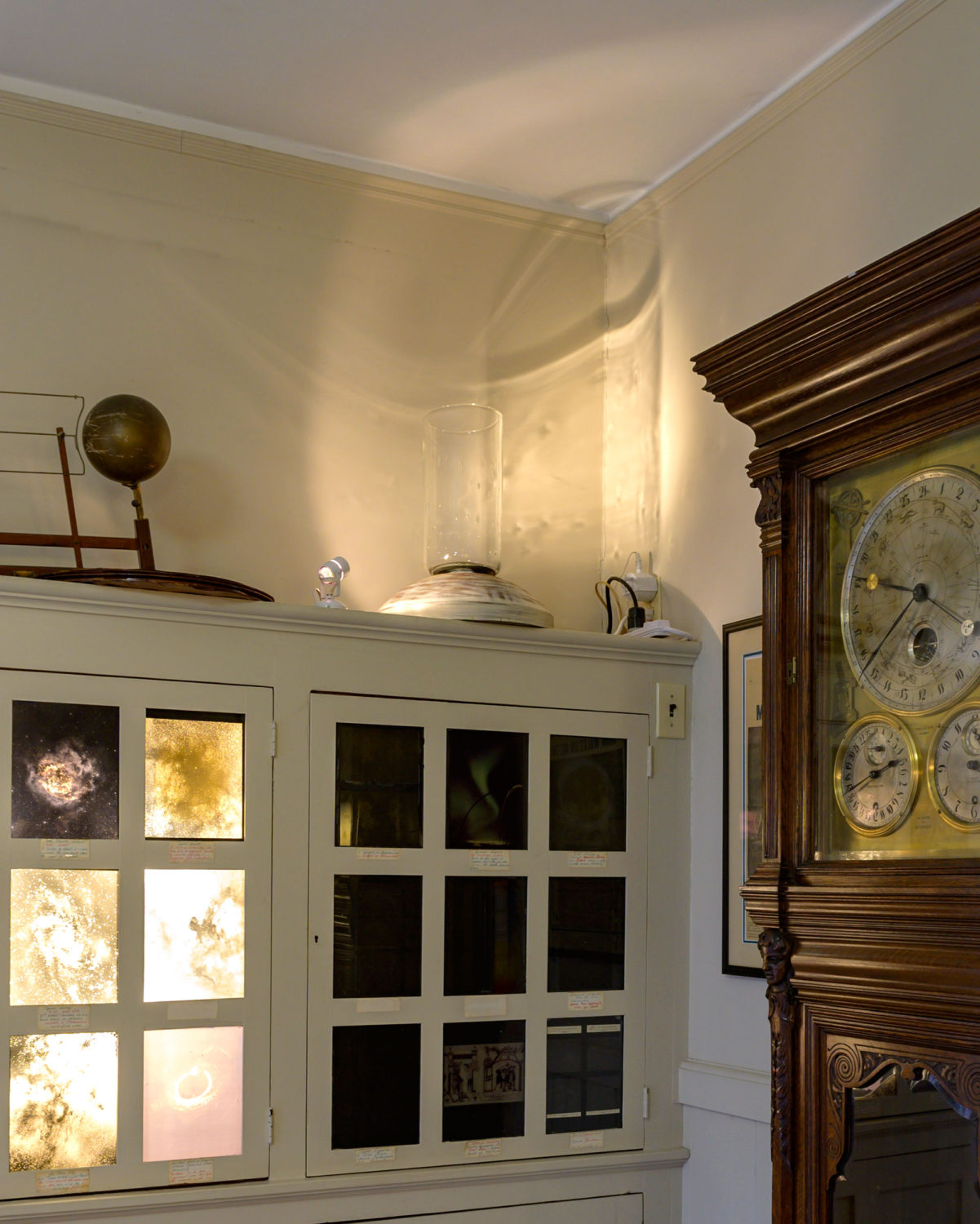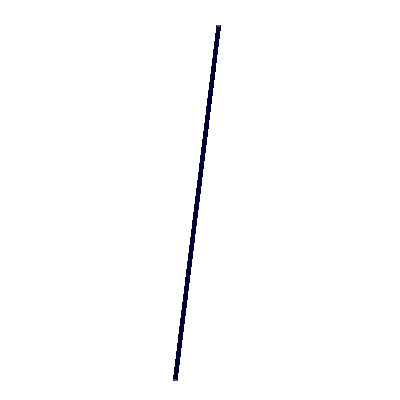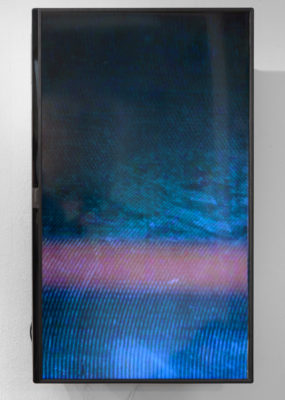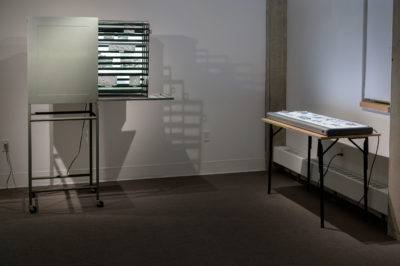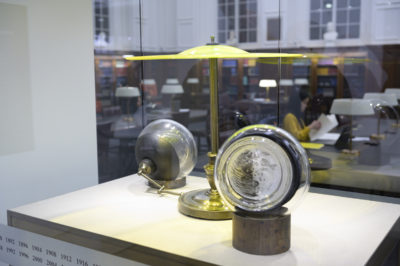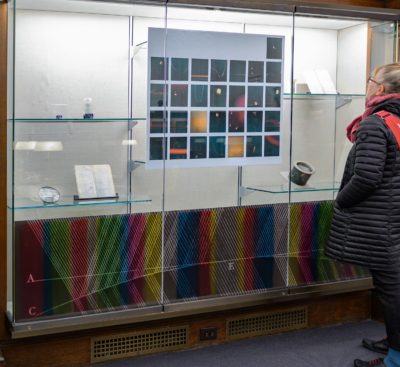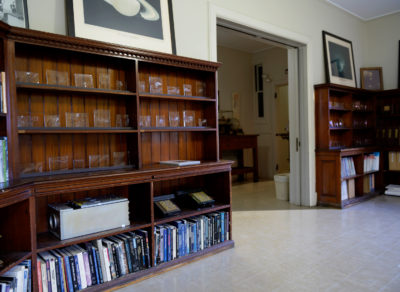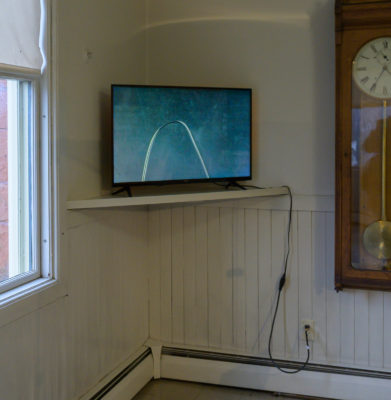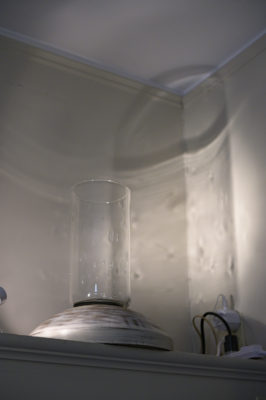Jocelyne Prince
Artist's Intercalary Event Works
Artist's Intercalary Event Works
- (In)visible Event Horizon
- 2020
- Molten glass in movement. Recorded on Edgertonic High Speed camera; one shot, no edits, unaltered footage
- 3 minutes 31 seconds
Recorded on a high-speed camera this video shows a stream of glass going from hot to cool in super slow motion. Inspire by research on Newton’s rings the video activated an ephemeral color spectrum. An Event Horizon is the threshold or horizon beyond which one cannot see – it has also been described as a boundary beyond which events cannot affect an observer.
This artwork was exhibited at the
- Oriels (29 views)
- 2018-2020
- Blown glass (inclusions of staples, graphite, mica, silver, soda ash, amber), painted wood
- variable dimensions
Throughout historical western architecture, oriels were used to funnel as much sunlight as possible into a room. Oriels (29 views) presents model units of sealed space that are visually accessible through their reactivity to light. The subtle optical implications of transparency, transmission and shadow are similar to postulations on ether and how an invisible substance can carry light.
This artwork was exhibited at the
- Cloud Chamber
- 2018-2020
- Metal cabinet, light table, mica and graphite glass
- variable dimensions
The carved slides are based on cloud images sourced from the internet. Atmospheric, ephemeral, and mutable, the imagery obliquely summons ideas of “cloud computing” represented by a cloud icon. A weightless connectivity for our mobile selves. This cloud symbol engages reveries that are contrary to the enormous buildings that contain thousands of physical servers that make cloud computing possible.
This artwork was exhibited at the
- Intercalary Study Lamp
- 2020
- Blown glass, whitewash, grease pencil, rubber, metal
- 28 x 38 x 26 inches
Intercalary Study Lamp is a hybrid lamp and orrey. Watching the sun move throughout the day in the Willis Reading Room is a continual reminder of our rotation around the sun. Galileo stood trial for heresy because his observations and his writings promoted heliocentrism. Observation and study are critical to our understanding of the world. The Reading Room study lamps and Galileo’s moon drawings from Sidereus Nuncius, 1610 (Starry Messenger) were key sources for this work.
1. Orrey, Wikipedia.
This artwork was exhibited at the
- Newton’s Observations
- 2020
- Found lenses, prisms, copies of pages from White's Almanac, high-speed digital photographs, photo transparency of Newton's observation, in display case
- variable
Newton’s Observations uses Newton’s rings to evoke phenomena that occur on the less-visible scale. The rings also look like a graphic representation of some type of orbit. The large poster mimics the calendar layout of February 2020, where every day has a high speed camera image of glass in movement. White’s 1812 Almanac was used as a guide for the calendar. The display case is anchored by a black and white photographic transparency of Newton’s schematic drawing of the colors present in the Newton Rings. The painted spectrum underlay reproduces Newton’s color indications.
1. Newton’s rings, Wikipedia.
This artwork was exhibited at the
- Slide Library, Dust Series
- 2002-2020
- Blown glass with glass dust
- variable dimensions
This series transforms glass dust into cosmic patterns. Glass detritus, the residue of cutting the glass, settles on the surface and creates random arrays that are then fired into the glass. The patterns are unmistakably celestial.
This artwork was exhibited at the
- Thirty-One Celestial Events
- 2017
- Molten glass in movement. Recorded on Edgertonic High Speed camera; one shot, no edits, unaltered footage
- 16 minutes
In these 31 videos, each 31 seconds long, the hot glass movement/set-ups mimic daily celestial events, which were going on during the month of August 2017 (such as the Perseids meteor shower, eclipsing stars, the Sagitta constellation). The short videos serve as an abstract record of time, highlighting events that normally happen in a split second. The video is a compilation of Instagram videos.
This artwork was exhibited at the
- Star Cylinder
- 2011
- Blown glass, turning motor and light
- 21 x 12 x 12 inches
Star Cylinder is rotating glass cylinder. Bubbles placed in the glass recreate the cylindrical projection of Su Song’s star maps. Su Song (1020-1101) was a Chinese scientist and mechanical engineer of the Song Dynasty. The maps were first published in the year of 1092, in Su’s book Xin Yi Xiang Fa Yao.
This artwork was exhibited at the






